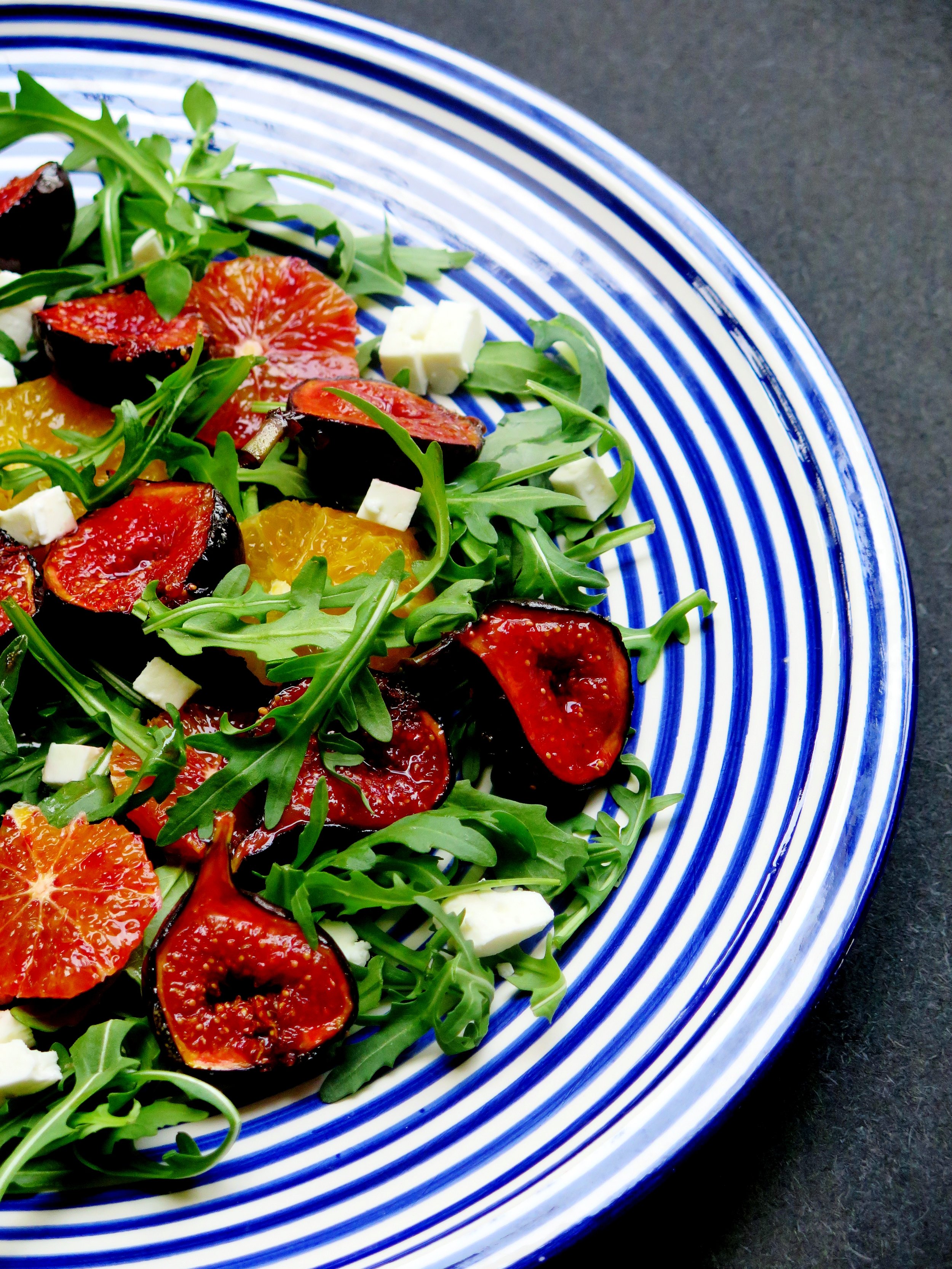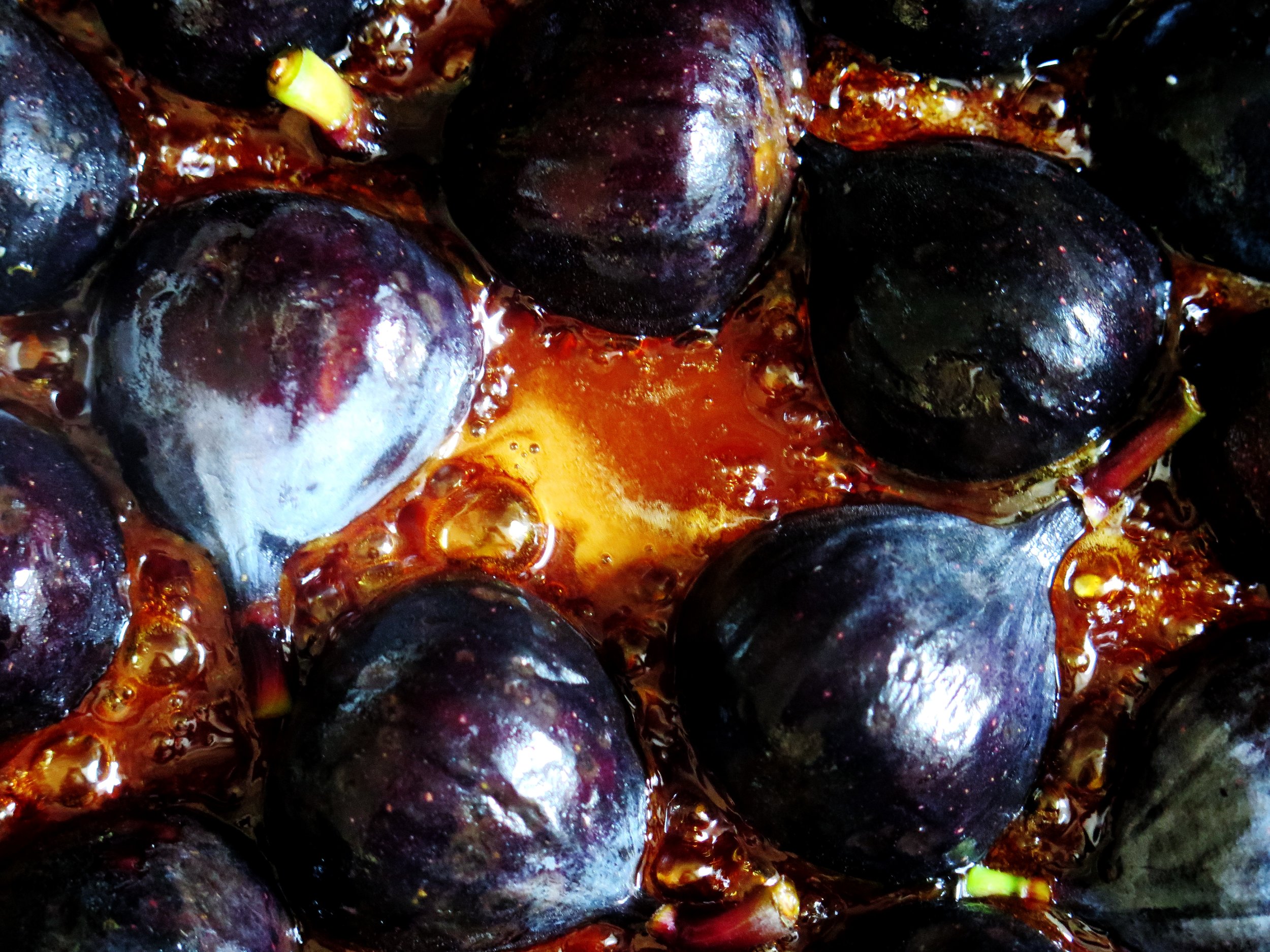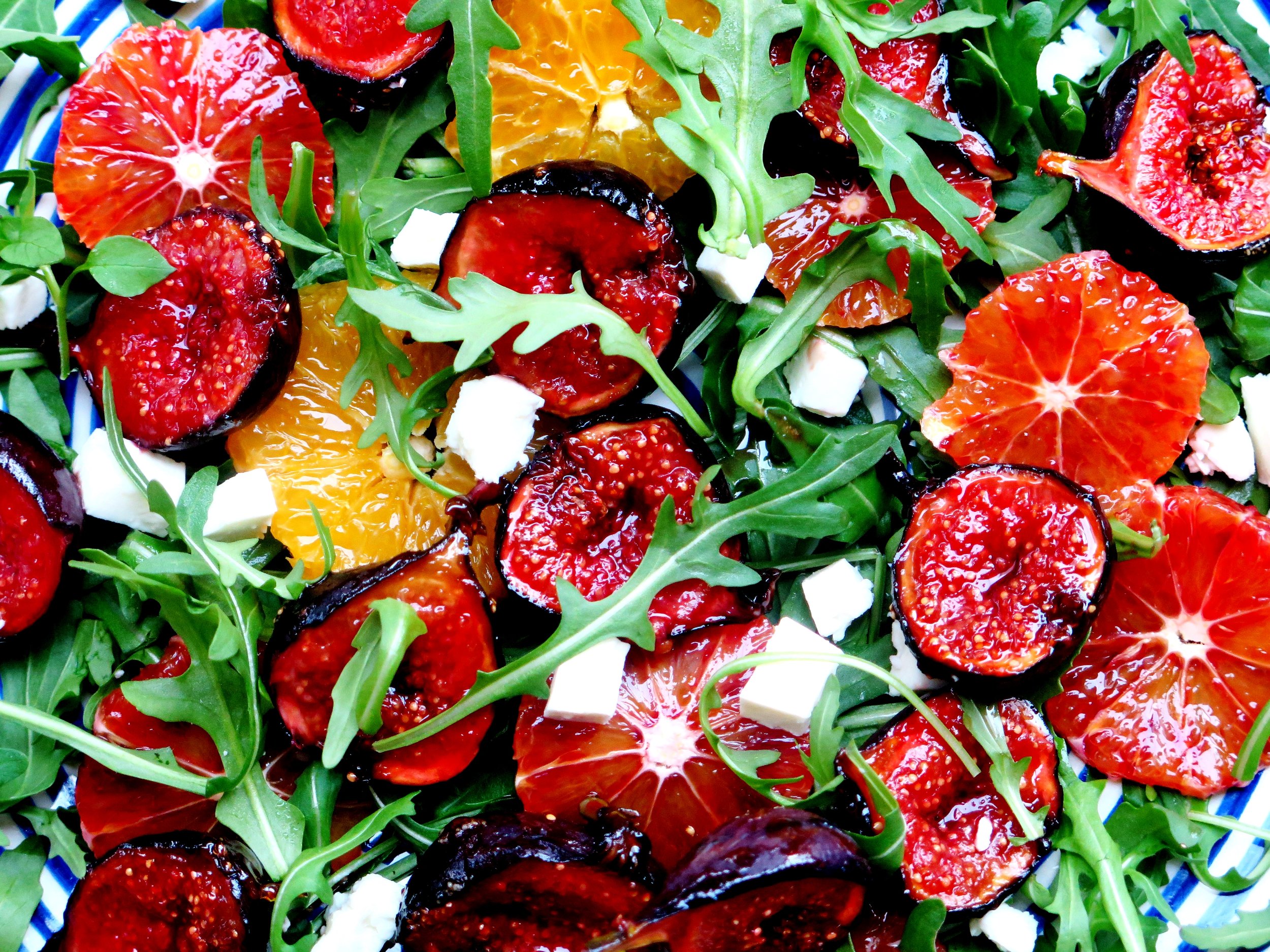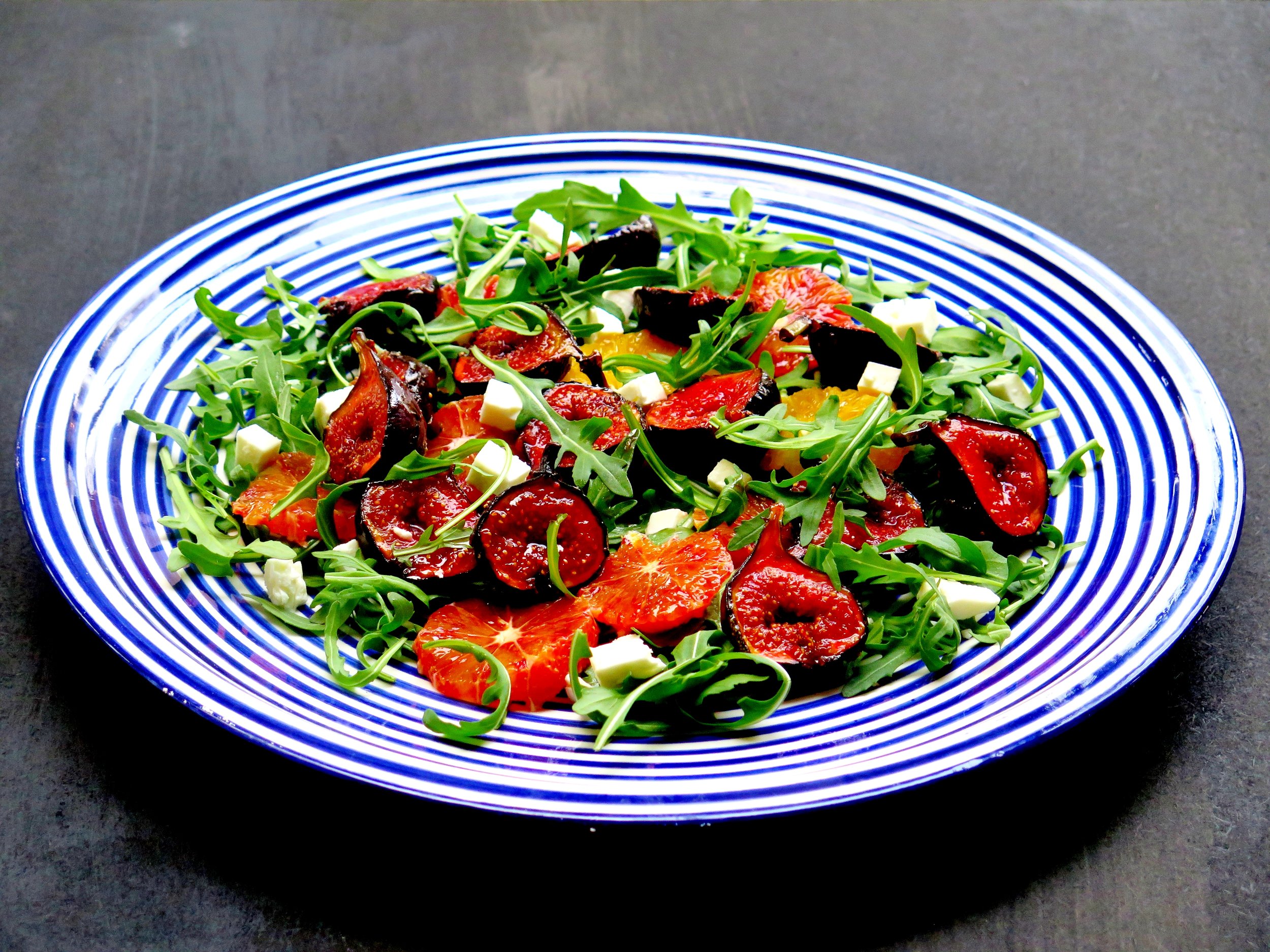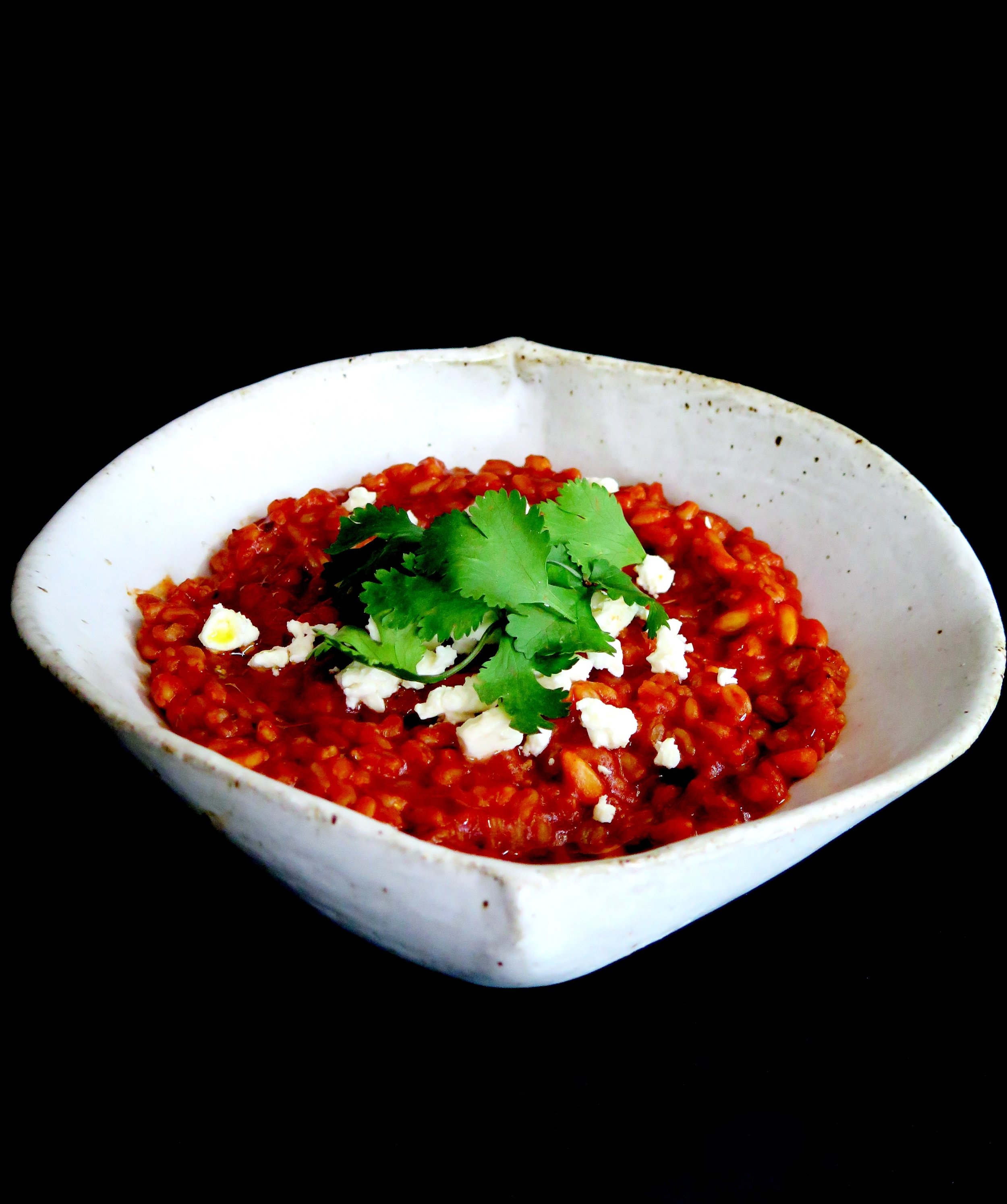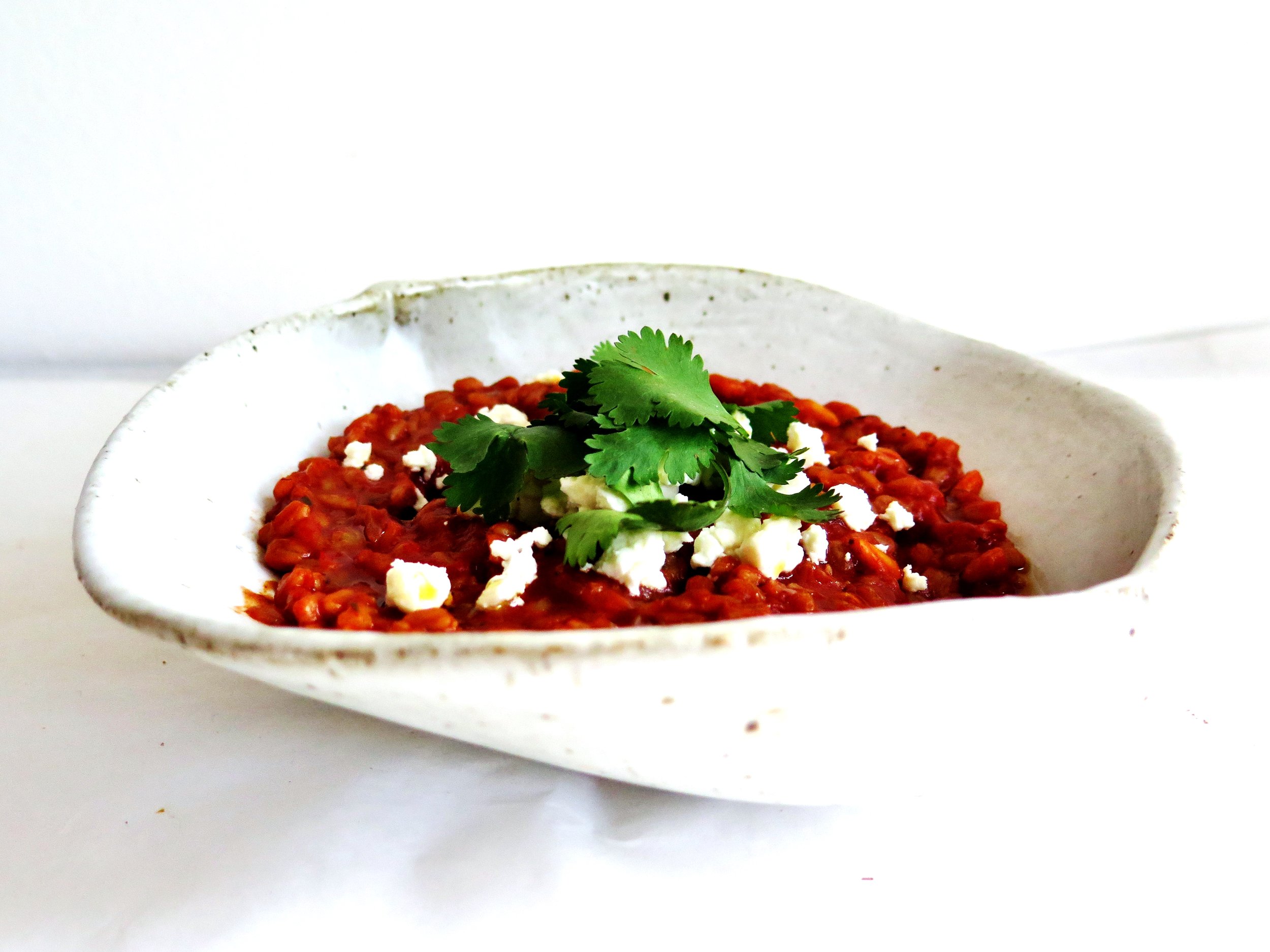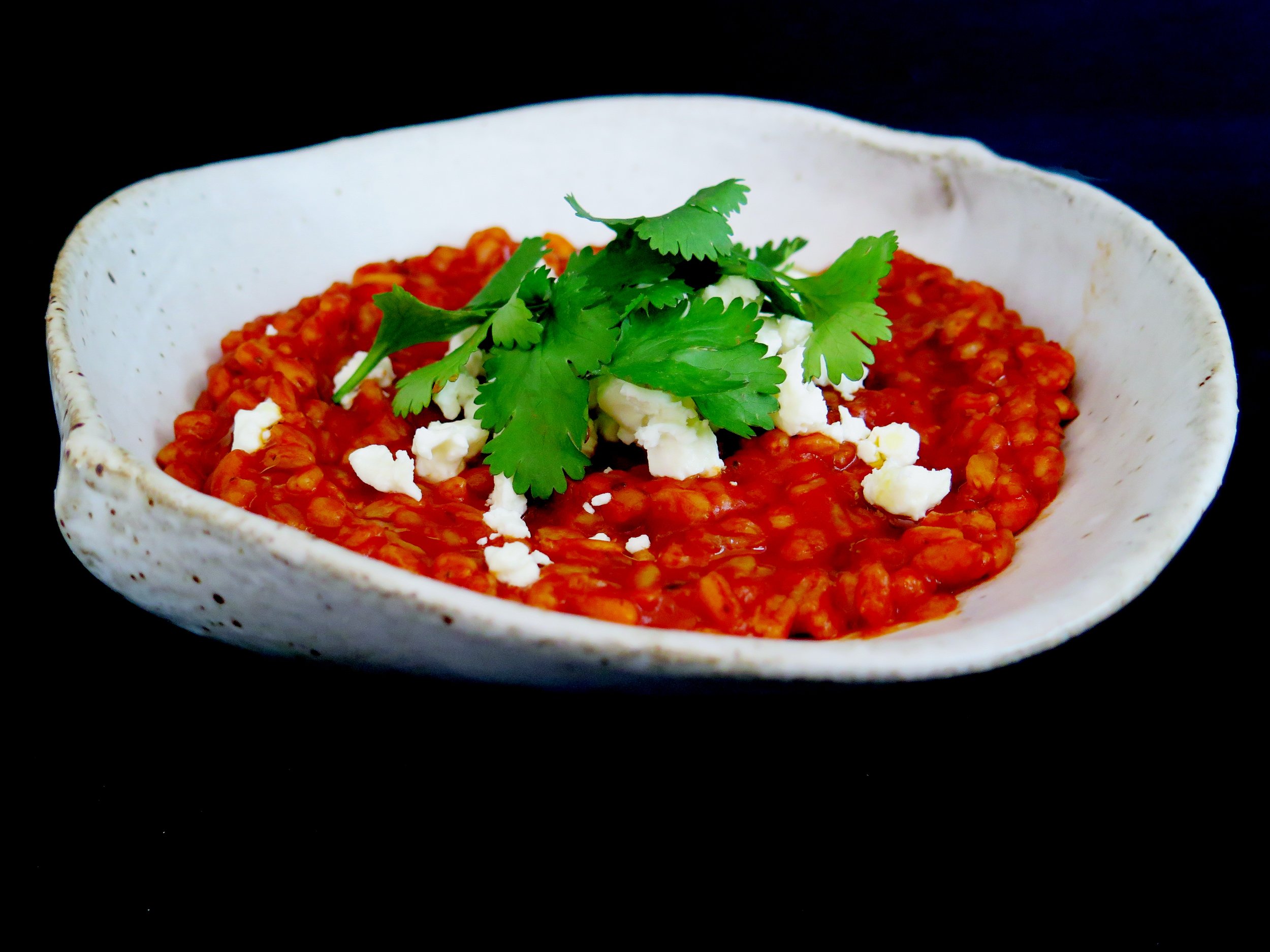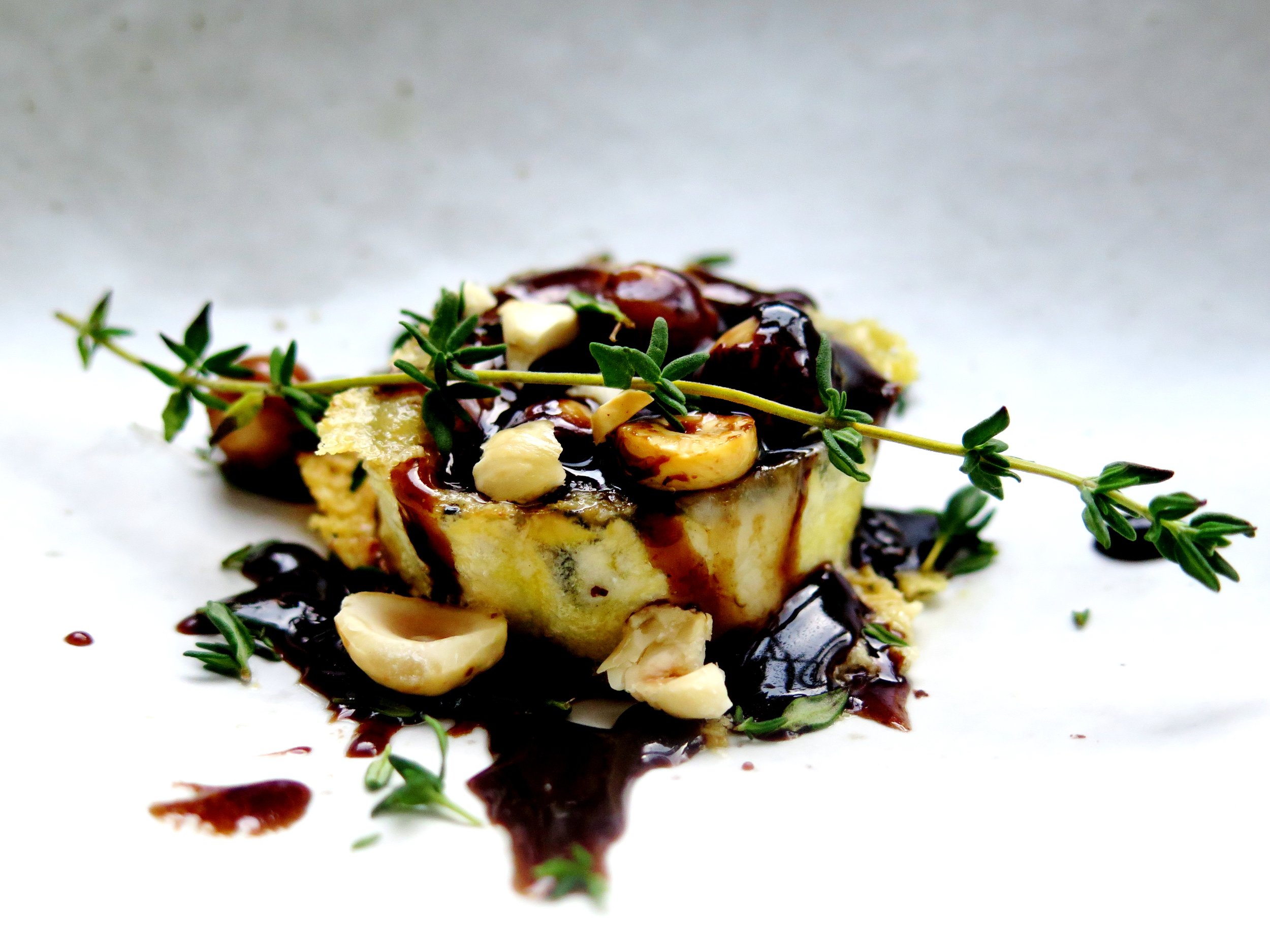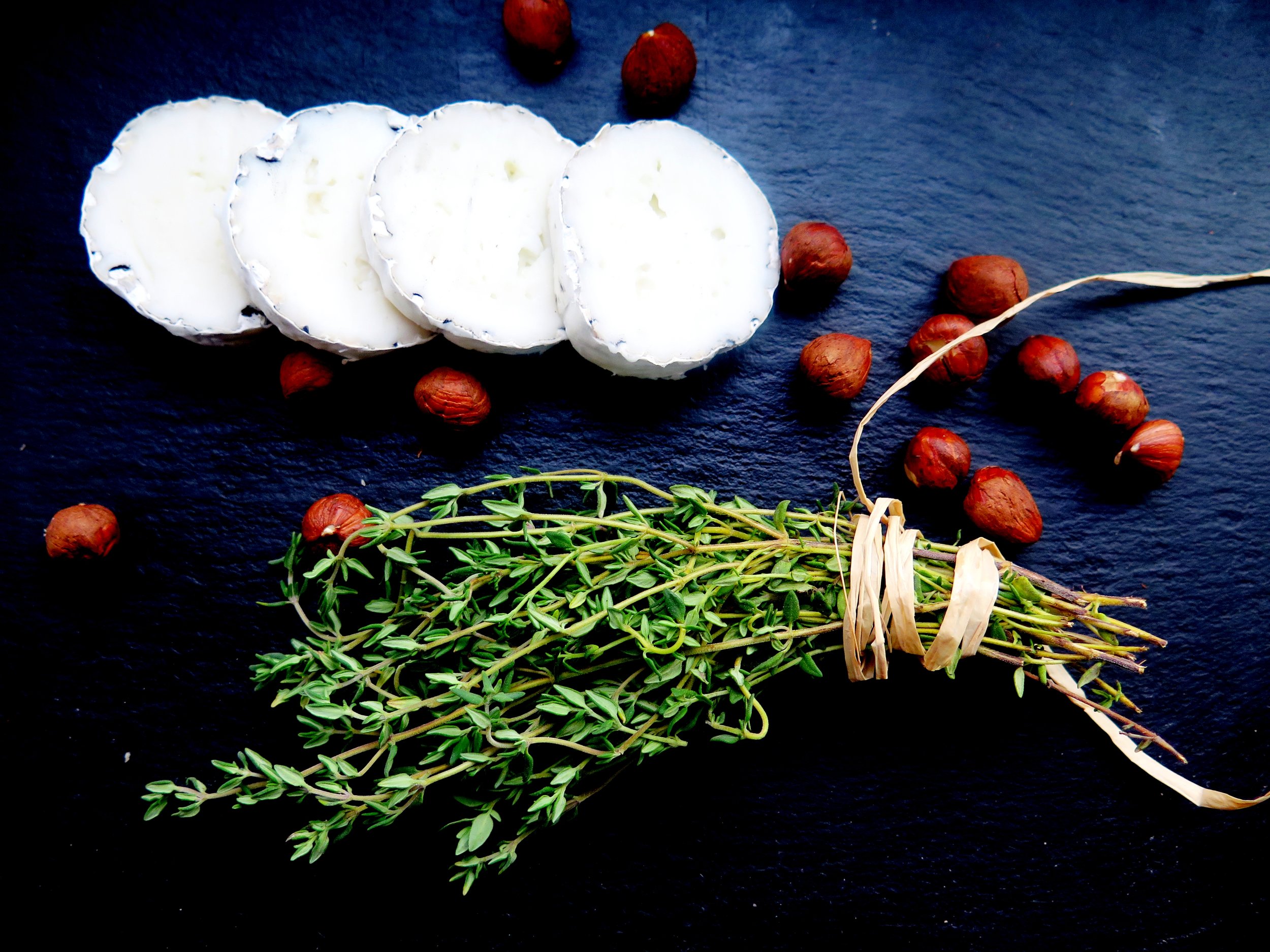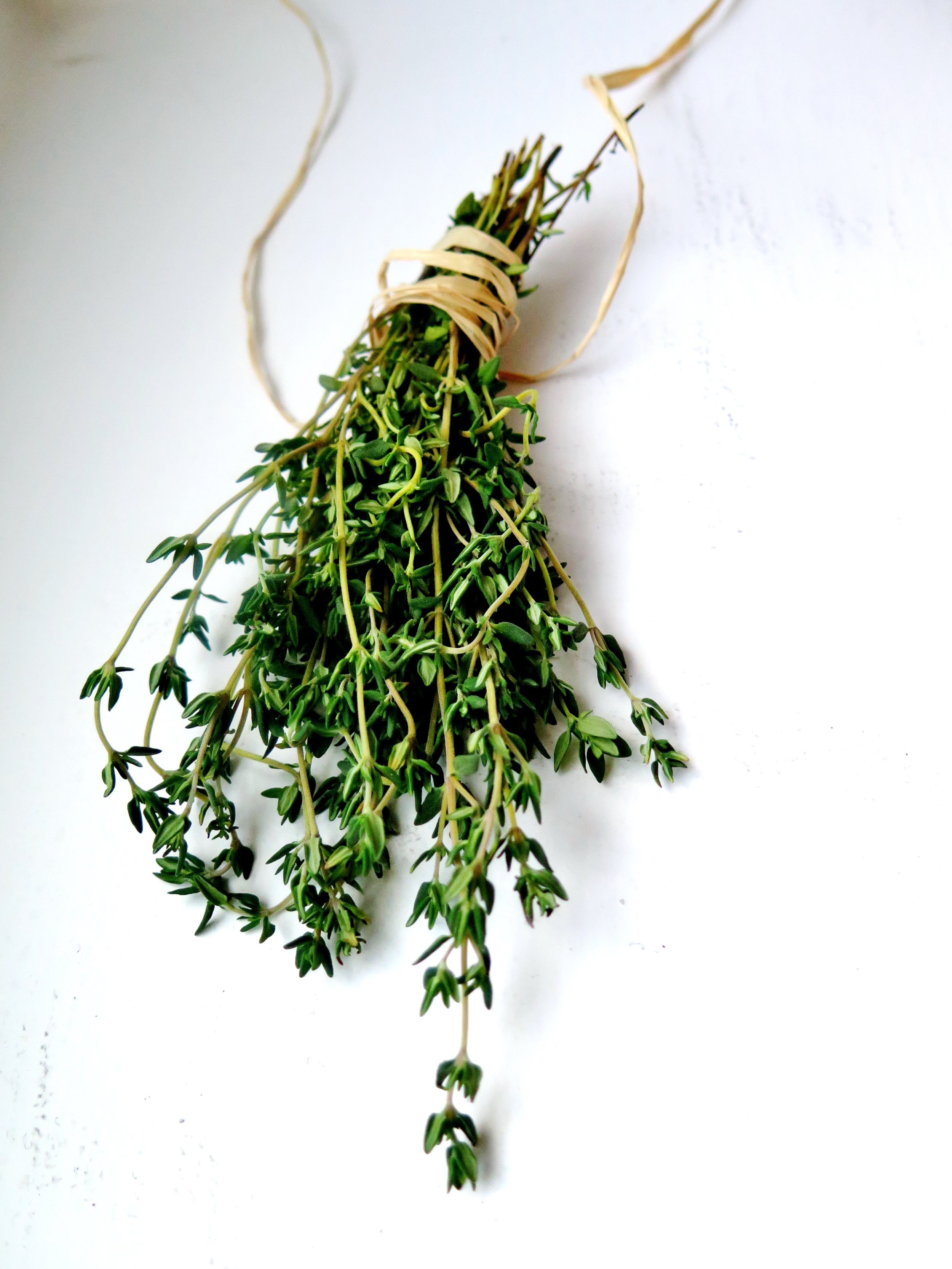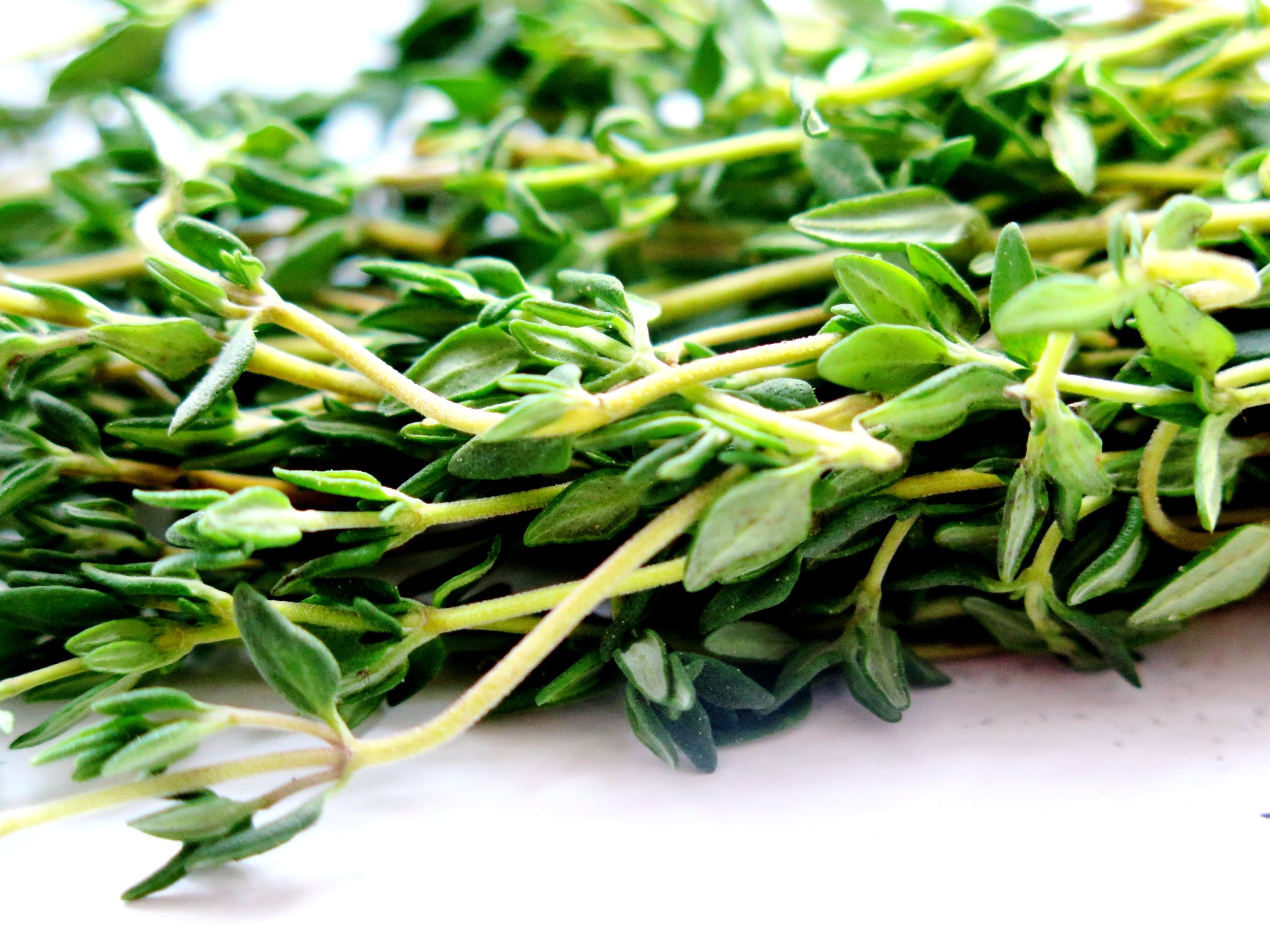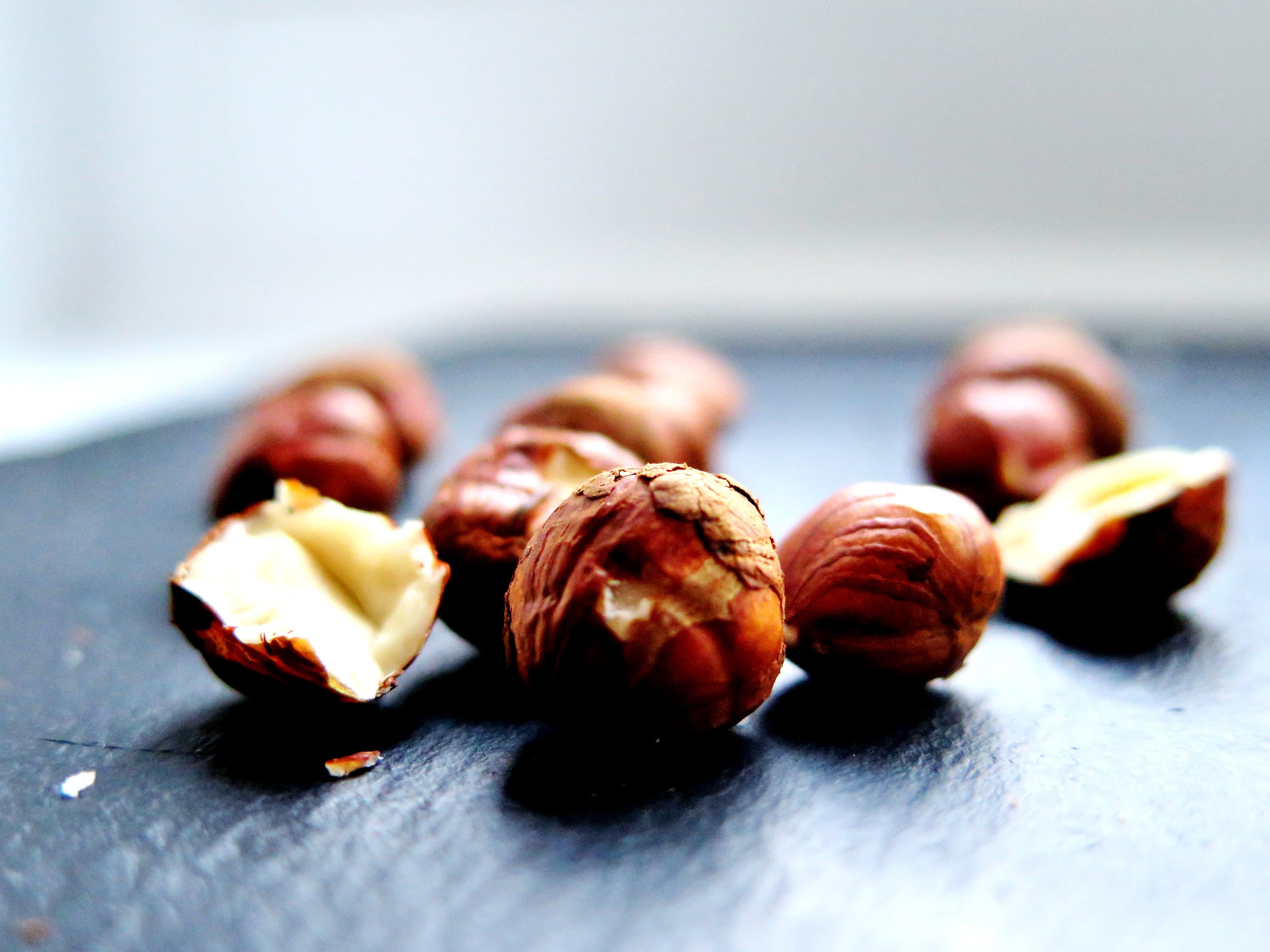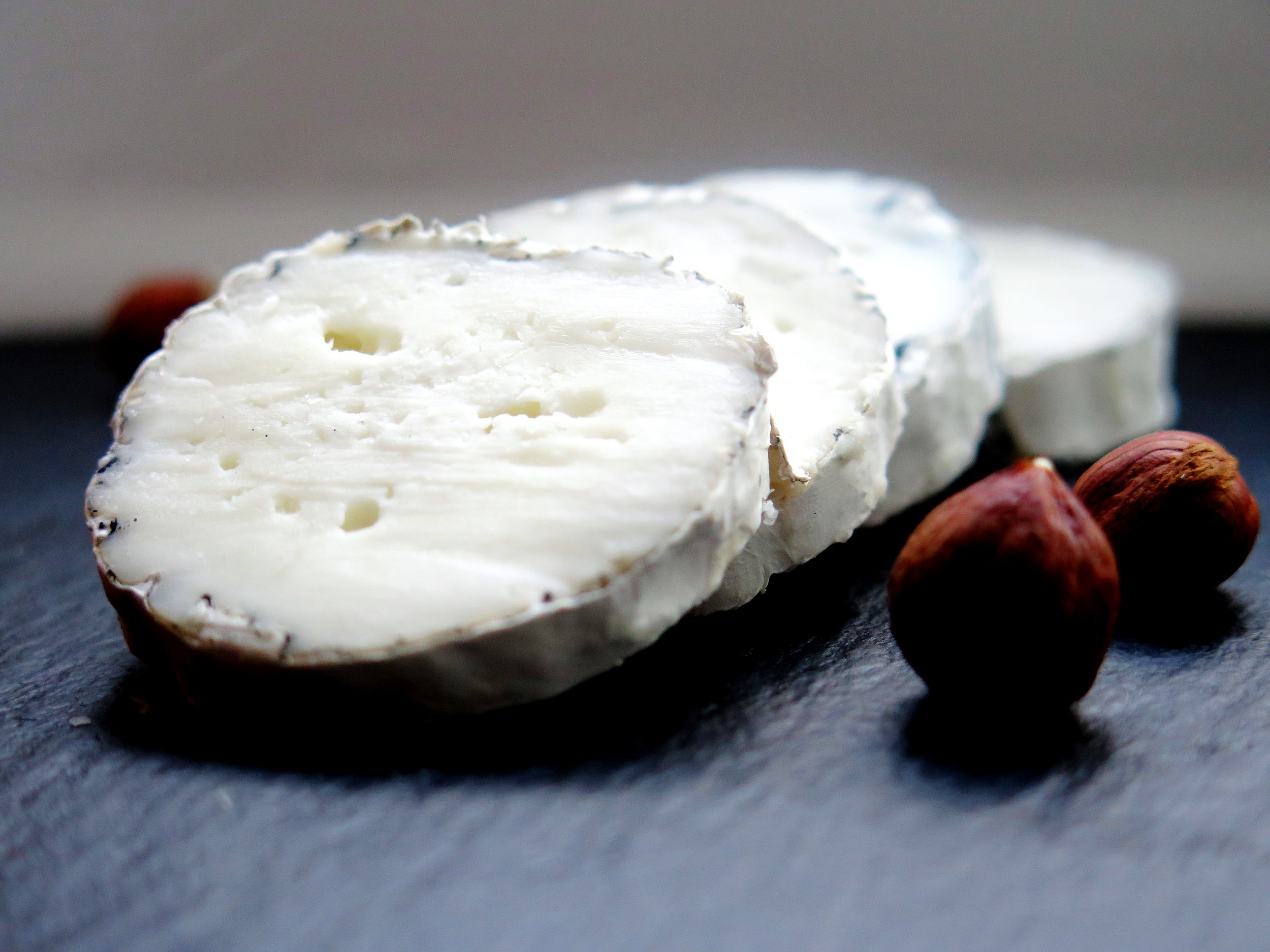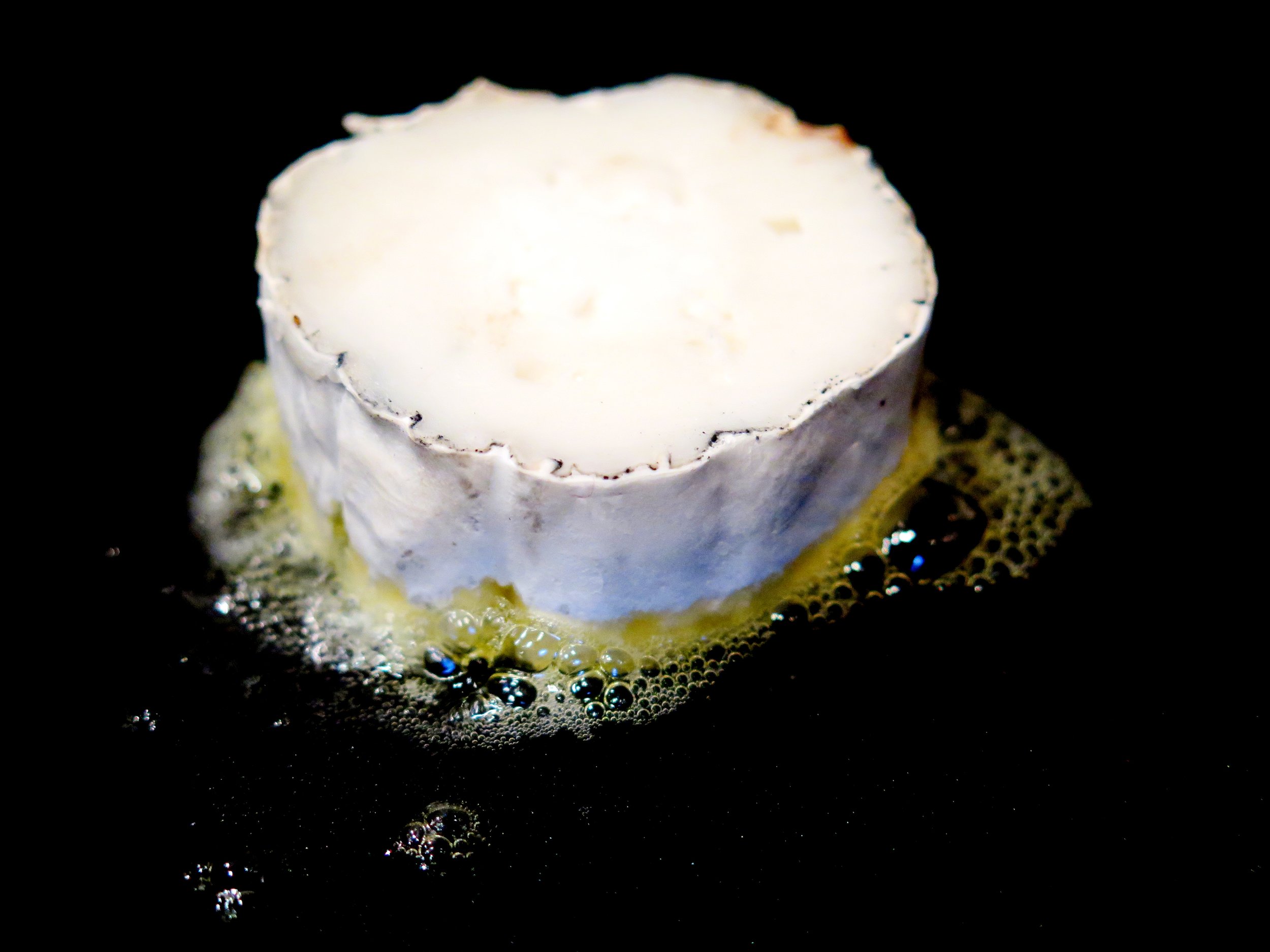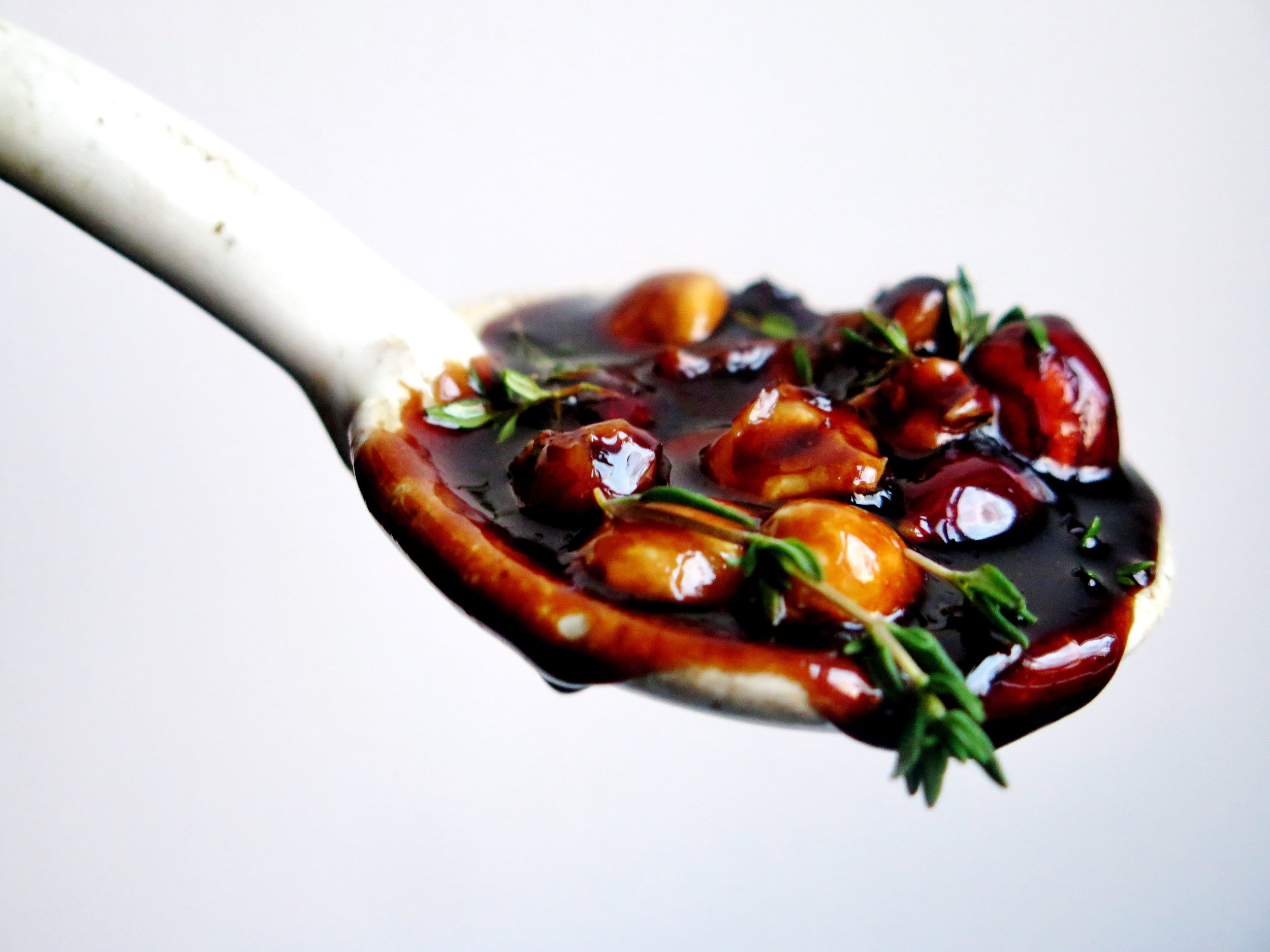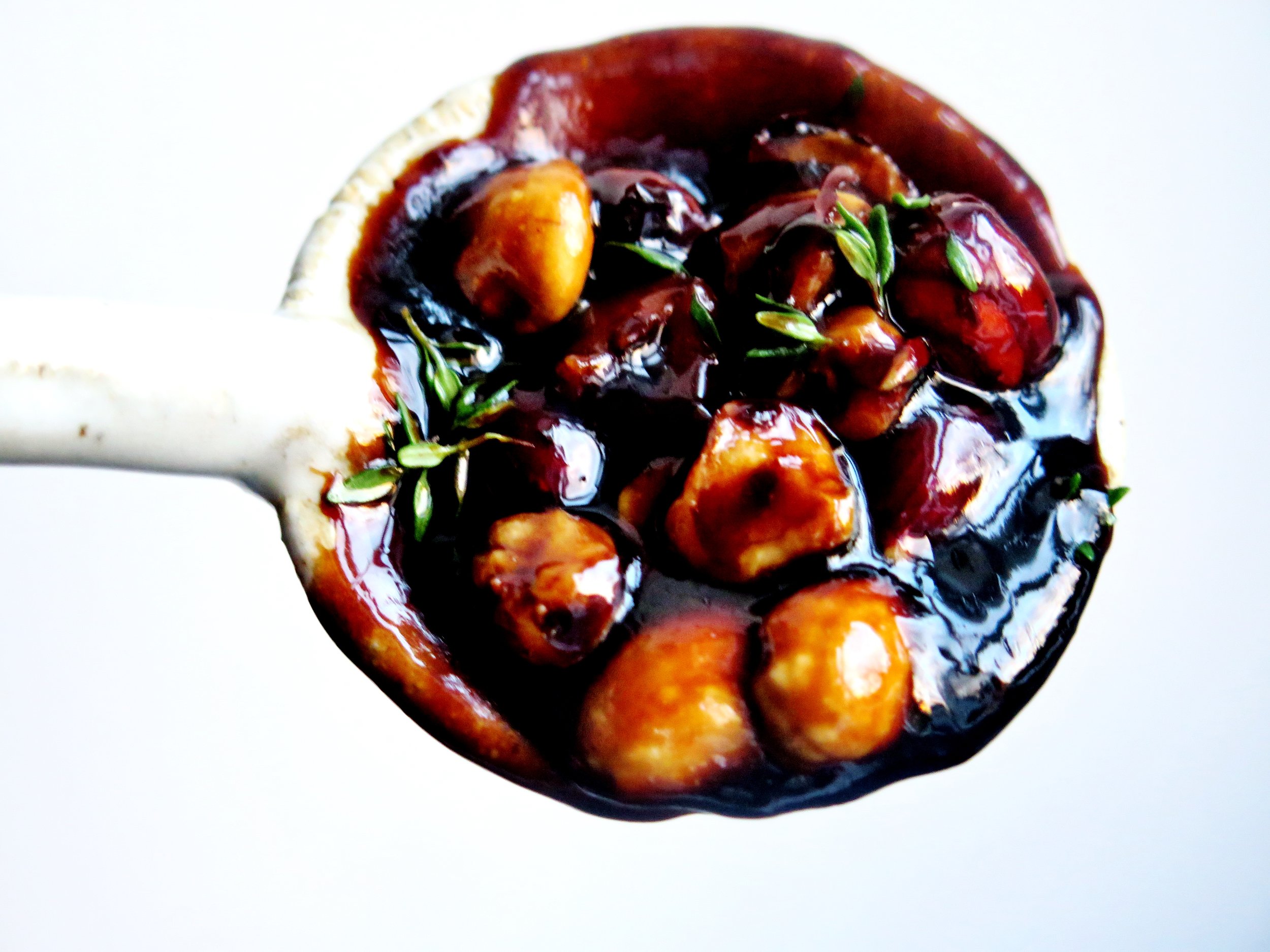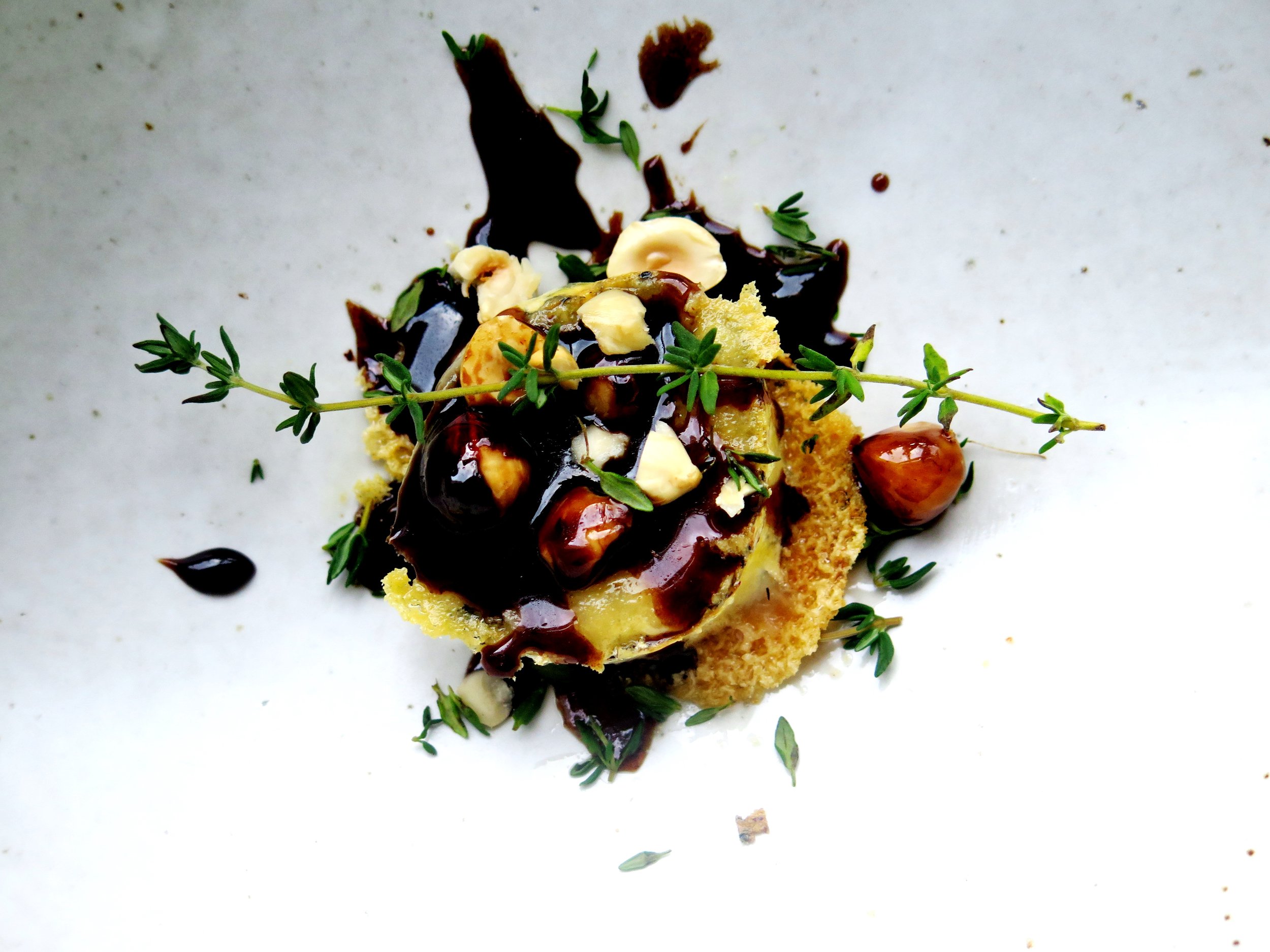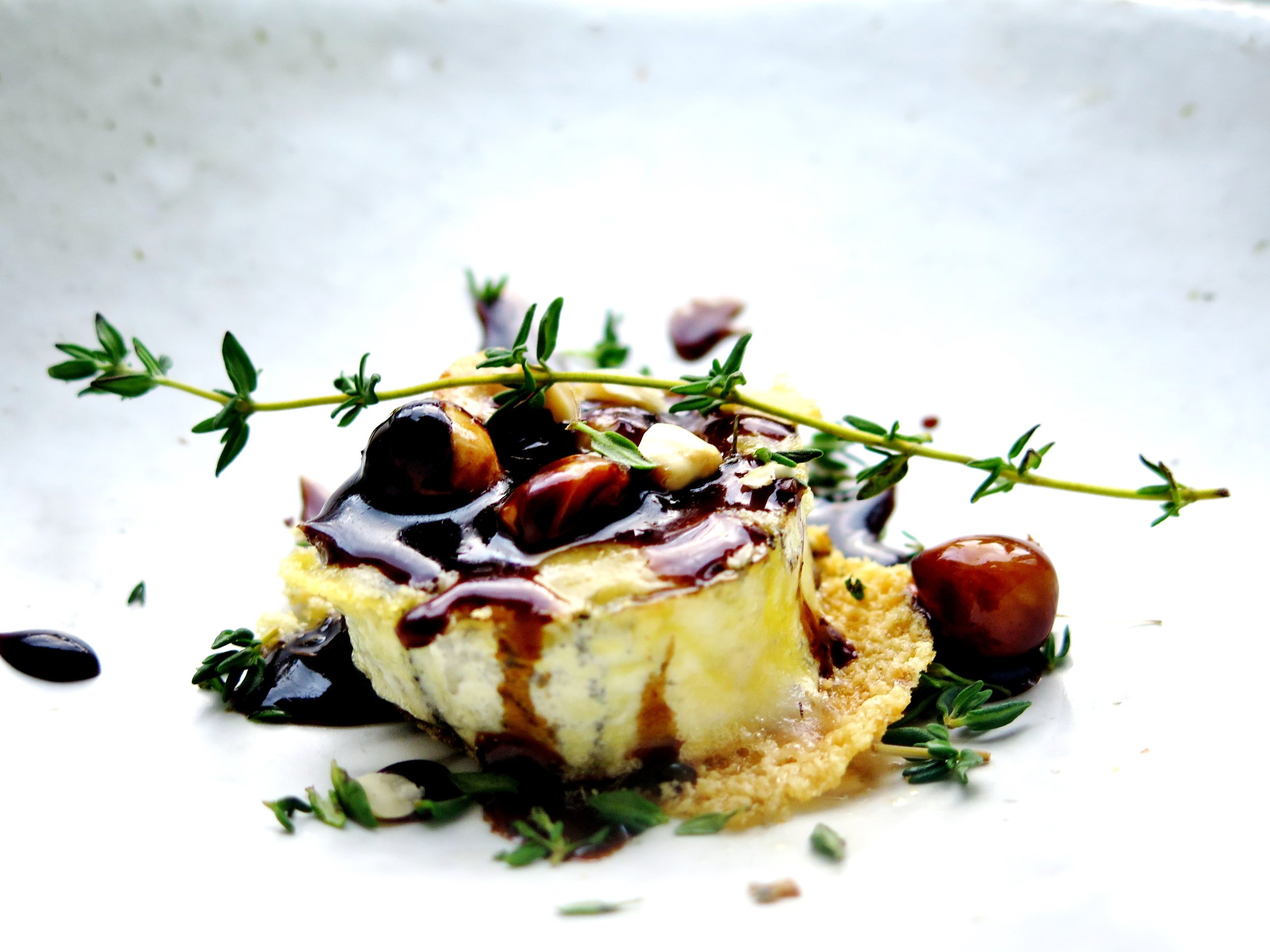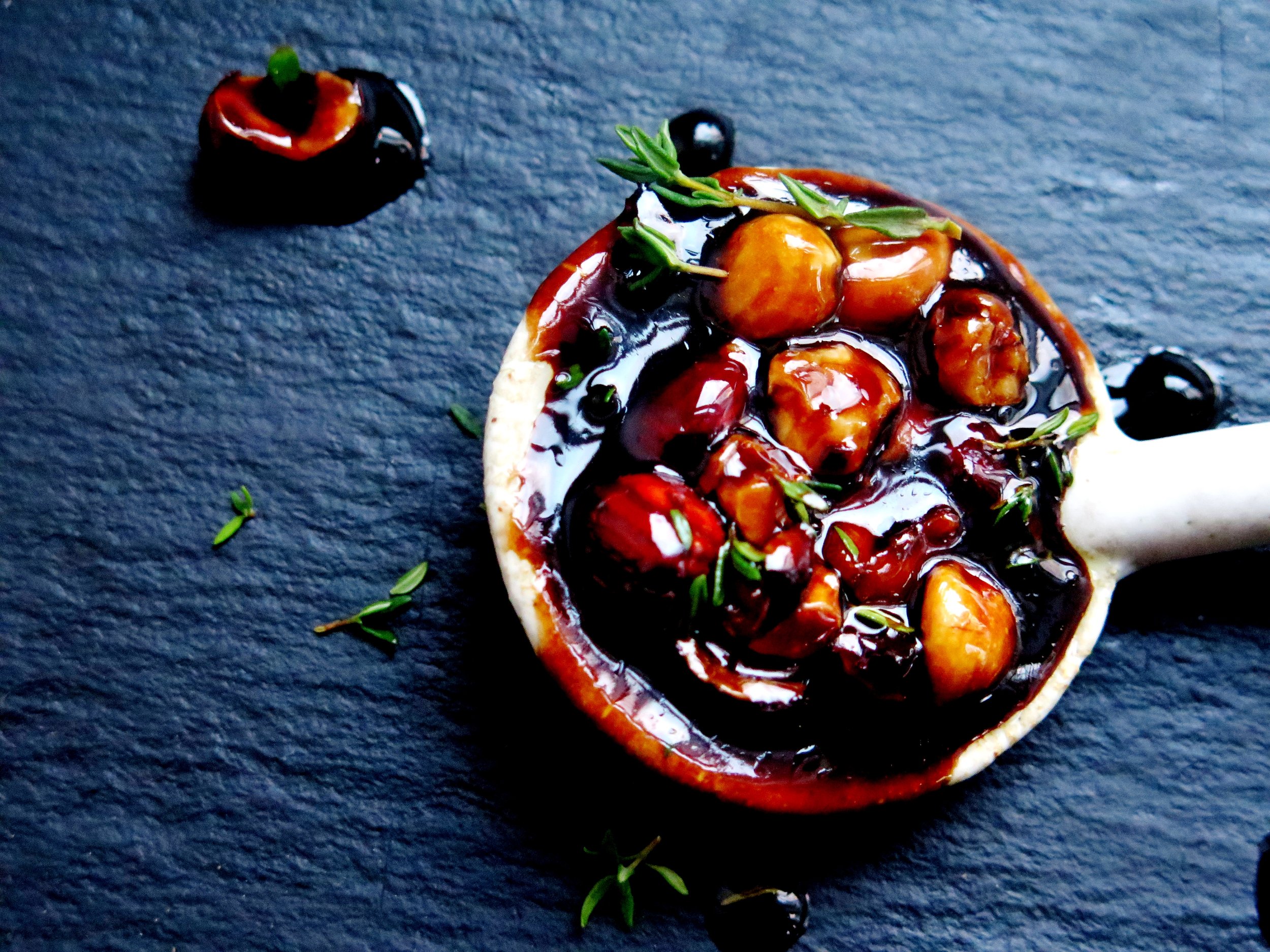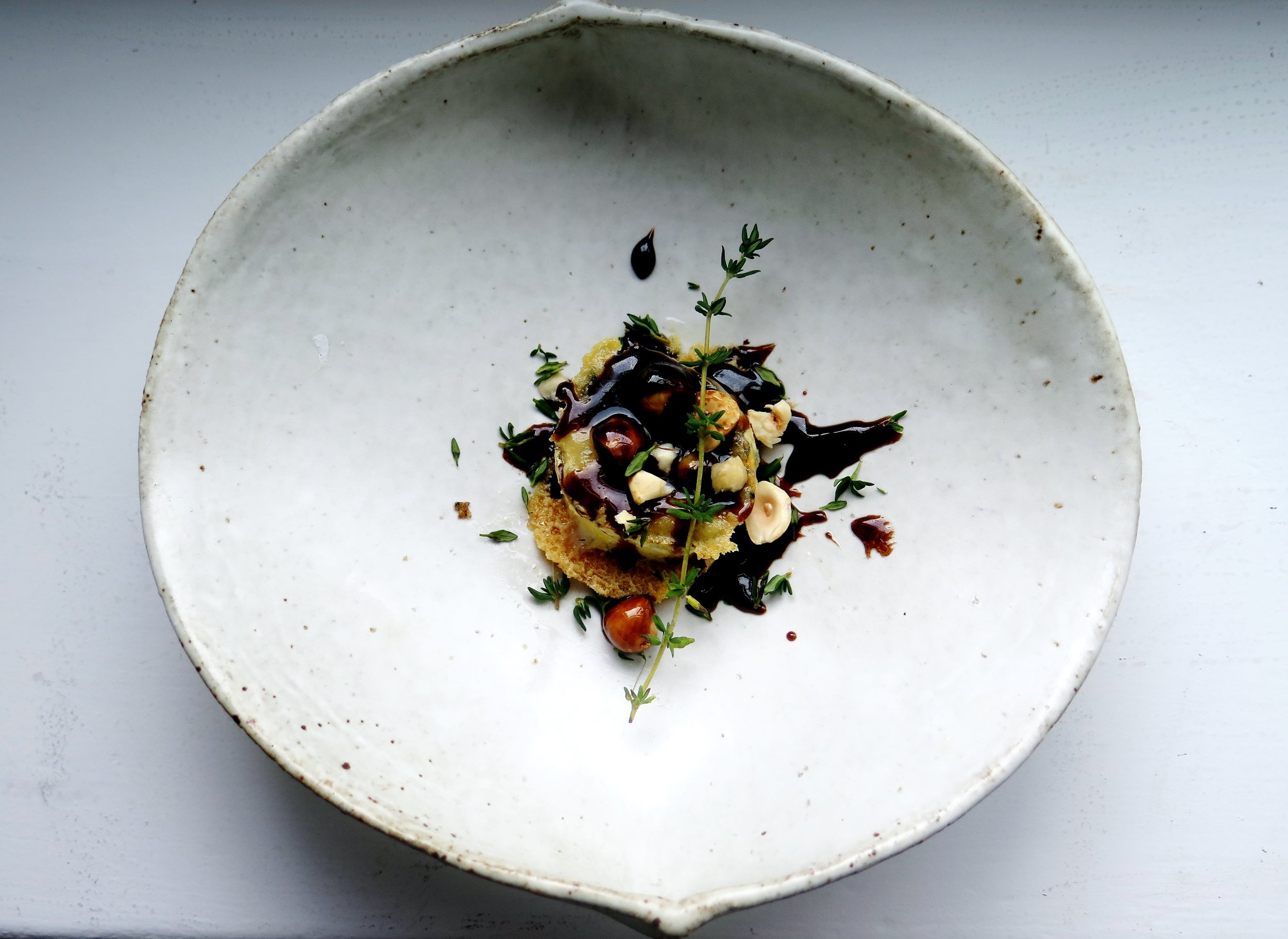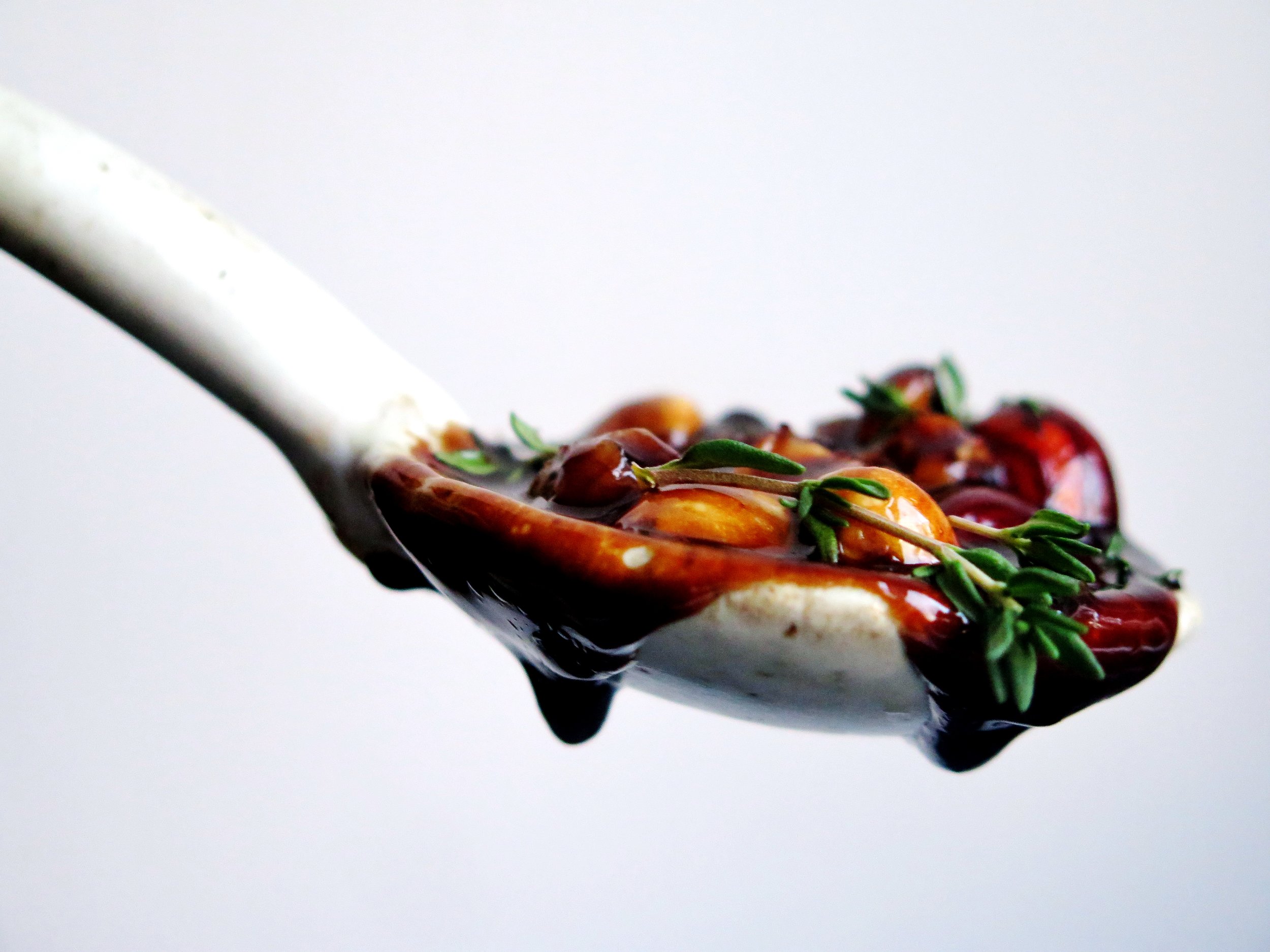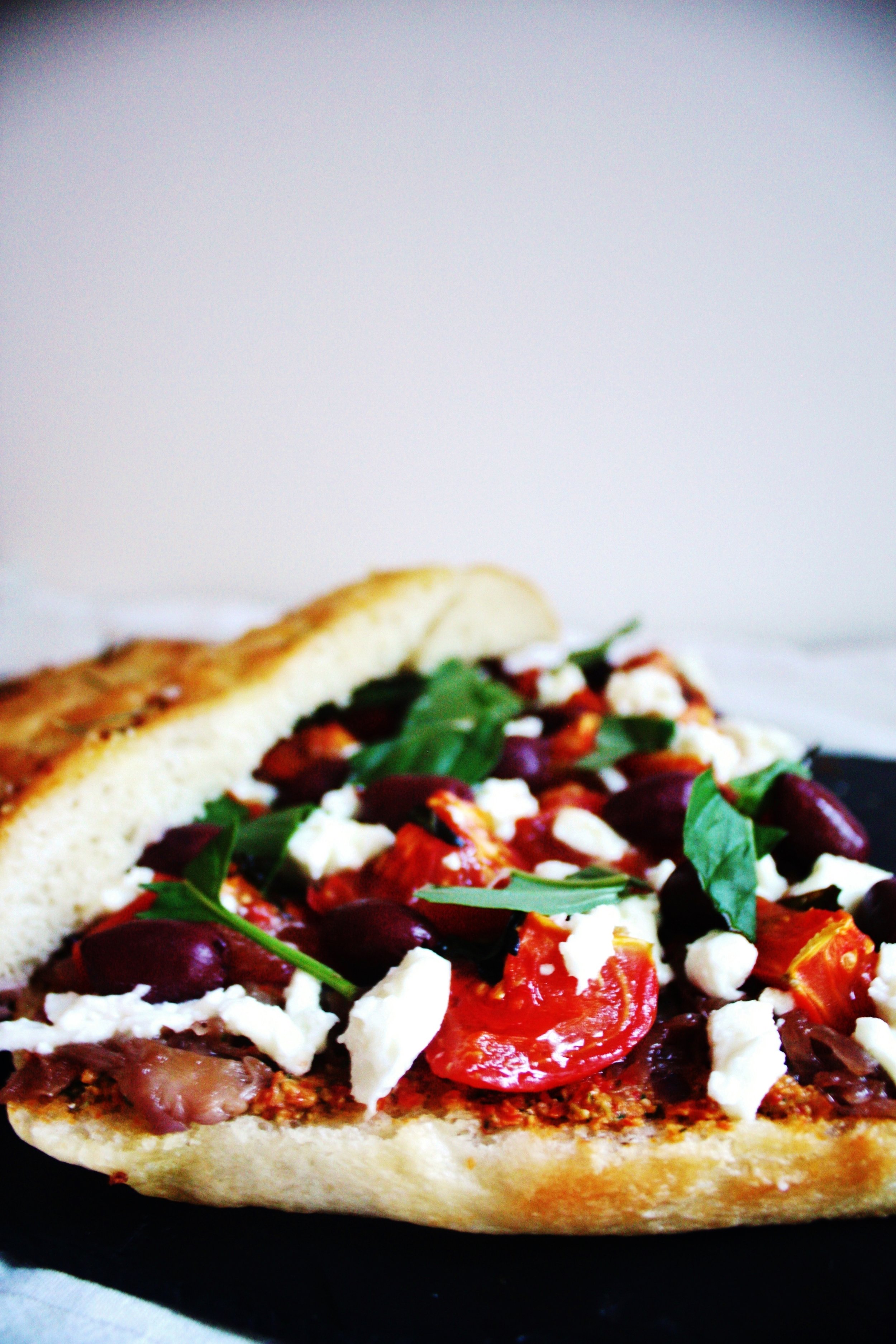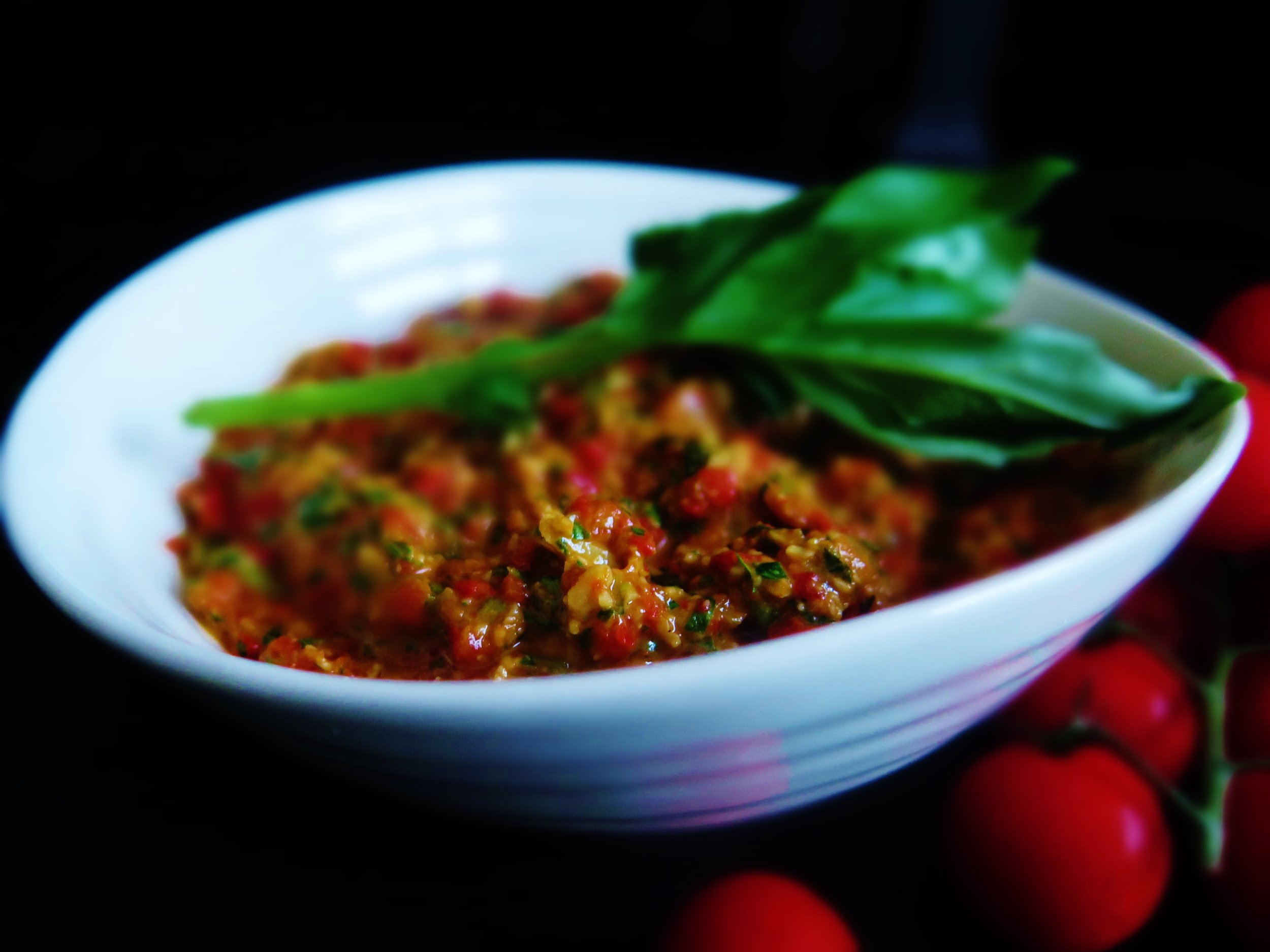Ingredients
250g halloumi cheese cut into 1 cm cubes
1 tbsp. olive oil
400g chickpeas, drained
1 red onion, finely sliced
50g drained, sundried tomatoes, cut into narrow strips
150g cherry tomatoes, halved
40g fresh coriander, including stalks, finely chopped, plus a few sprigs extra for garnish
½ green chilli, finely sliced (optional)
Dressing
3 tbsp. lemon juice
2 tbsp. harissa
3 tsp. sundried tomato paste
2 cloves garlic, crushed
Freshly ground black pepper
Method
- Fry the cubes of halloumi in the olive oil until they are golden brown.
- Combine all the salad ingredients apart from the dressing, the chilli (if using), and the extra coriander for garnish.
- Mix the dressing ingredients until well combined.
- Shortly before serving the salad, mix the salad with the dressing, and sprinkle with the coriander and chilli.
(Serves 4 as an accompaniment)
BEWARE GLUTEN-FREE!
1 in 100 people in UK is coeliac . 1 in 20 people in UK is diabetic (http://www.diabetes.org.uk/Documents/Reports/Diabetes-in-the-UK-2012.pdf).
According to the Telegraph, 1 in 5 people is buying gluten-free products, but only 5% of these are buying the products due to coeliac disease. The most common reasons for a non-coeliac buying the gluten-free products are listed as: “digestive health”, “nutritional value” and “to help me lose weight”. These consumers are misguided. Everyone who can is cynically taking advantage by jumping aboard the gluten-free bandwagon: the British gluten-free market is worth £238 million annually (Food Standards Agency) and grew by more than 15 per cent last year. In the US, it is worth around $2.6 billion, a growth of 36 per cent since 2006, with predictions that it may double in size in the next two years.
It’s great that the gluten-free options are increasing for those who have coeliac disease, but the products that are tailored specifically to exclude gluten (bread, biscuits, pastas etc.) and targeted at non-coeliac sufferers are actually detrimental to one’s health.
Gluten-free does not mean that a product is ‘virtuous’ or in any way superior to its glutenous counterpart.
Unless you are coeliac, your body needs the vitamin B, iron and folates that are in gluten-containing grains such as barley, spelt and kamut. That is not to say that these should be had in excess, but they should not be entirely avoided.
Gluten-free products which have been made to substitute for the real bread, pasta, biscuits etc. may be worse for you than what they purport to replace: in order to imitate the gluten contained in their counterparts, the products have to be messed around with a lot more, often resulting in a significantly higher level of fat than their “normal” equivalents. For example, the gluten in bread allows it to maintain its shape and softness; to achieve the gluten-free equivalent, manufacturers often use additives like xanthan gum and hydroxypropyl methyl cellulose or corn starch. In addition, extra sugar and fat are often also added to make products more flavoursome.
It is not just the shops that are propagating the gluten-free message, taking advantage of people’s ignorance, but food bloggers and recipe websites are doing it too. The internet is saturated with gluten-free recipes, and more and more cooks are incorporating gluten-free recipes into their books. Clearly, not a bad thing for coeliac sufferers. There is, however, no transparency. The breads that are made in imitation of the glutenous equivalent use a combination of flours. For example, the Doves Farm’s gluten-free brown flour, with muted-tone, paper bag packaging promoting a wholesome brand image – consists of potato, rice, tapioca buckwheat, carob, sugar beet fibre, and xanthan gum. Doesn’t sound too bad, you might think. In fact, these combined ingredients create a product much higher on the Glycaemic Index (GI) than white flour. The GI is not a fad diet but a measure of the rise in a person's blood sugar level following consumption of a carbohydrate. The NHS recommends diabetics to have a low GI diet as low GI foods break down more slowly and are less likely to cause a rapid increase in blood sugar levels in contrast with high GI foods. A low GI lifestyle is not solely beneficial for diabetics but for everyone. Carbohydrates with high GI cause glucose and insulin levels to surge. The body releases the hormone insulin to regulate blood sugar levels. If sugar is not quickly used for energy, insulin removes it from the blood, and it is then converted into triglycerides in the liver. These triglycerides can then be stored as body fat. Standard white bread has a high GI of 71 on average. Gluten-free white bread has a higher GI of 79. Clearly, GI isn’t always a measure of other benefits that are derived from a product, but the fact that shops, companies, bakeries and bloggers are promoting gluten-free products as a virtuous substitute is deeply misleading – they are, in fact, pushing a product that spikes the levels of glucose in a consumer’s blood, causing fat gain, aiding the onset of obesity and type 2 diabetes.
So the question is why is “low GI” not trending? Why is #glutenfree posted on almost 3,000,000 photos on Instagram, and #lowGI only 18,000? Gluten-free products are not necessarily beneficial for your health. Surely there should be greater focus on the GI factor as well as greater transparency in relation to gluten-free products.

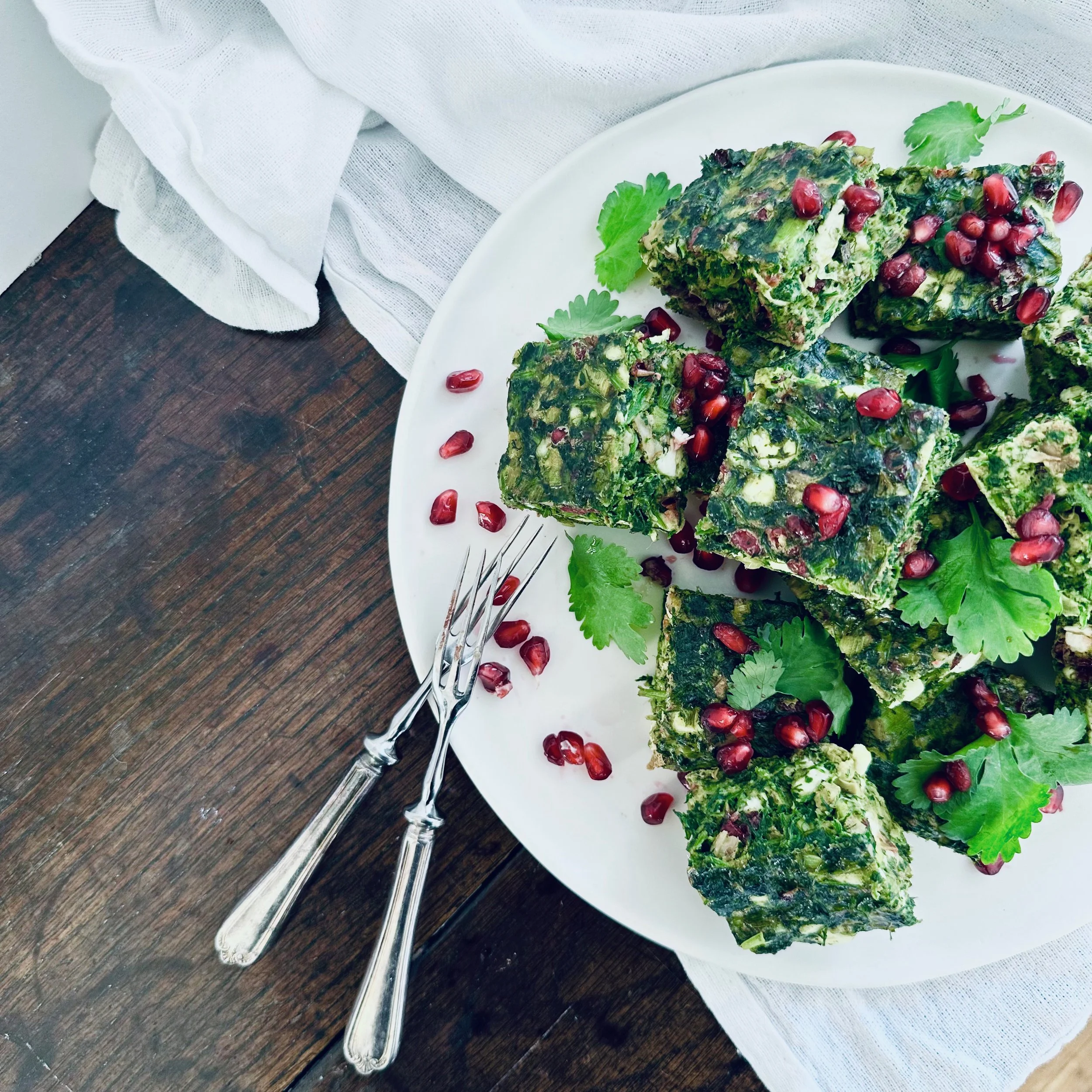
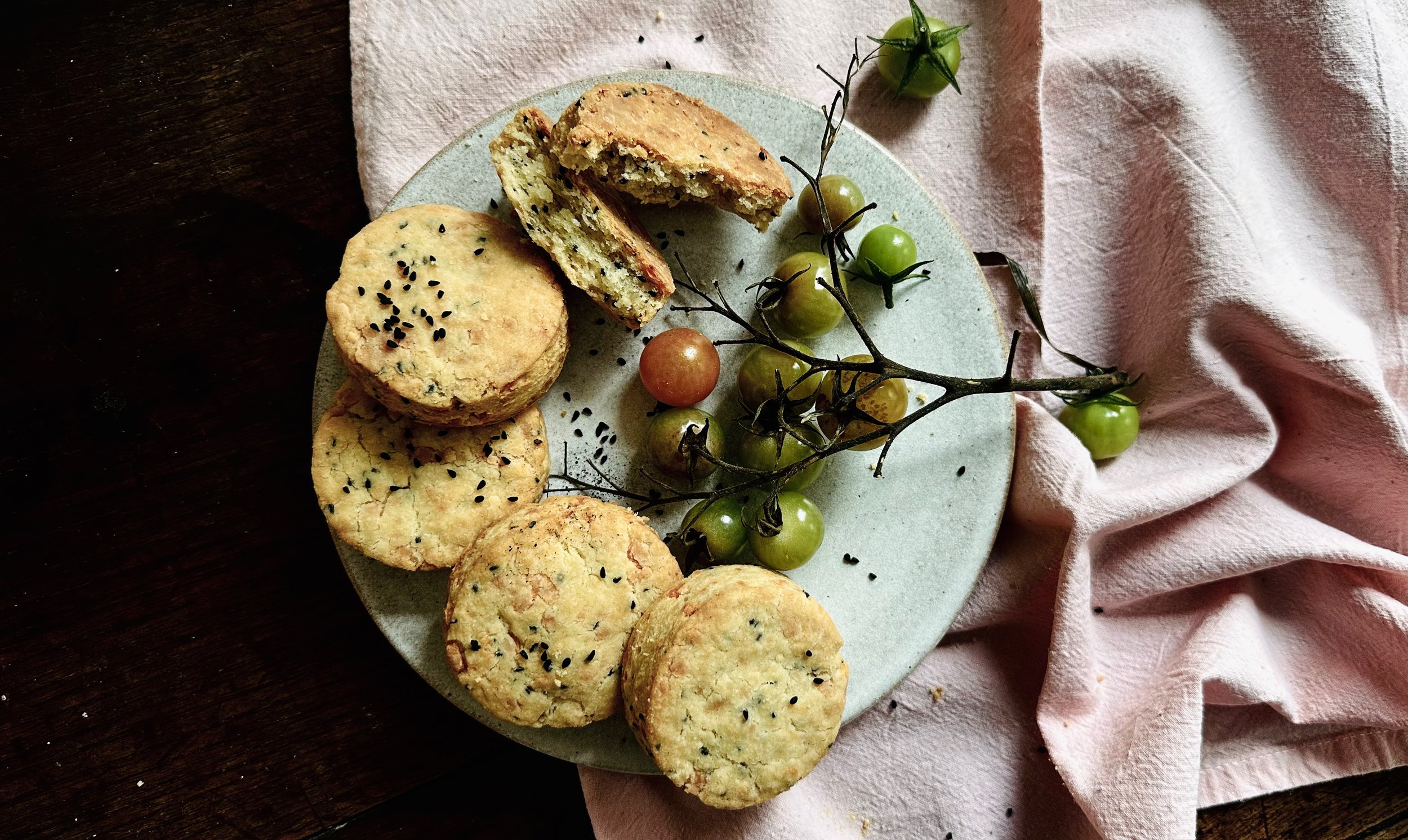
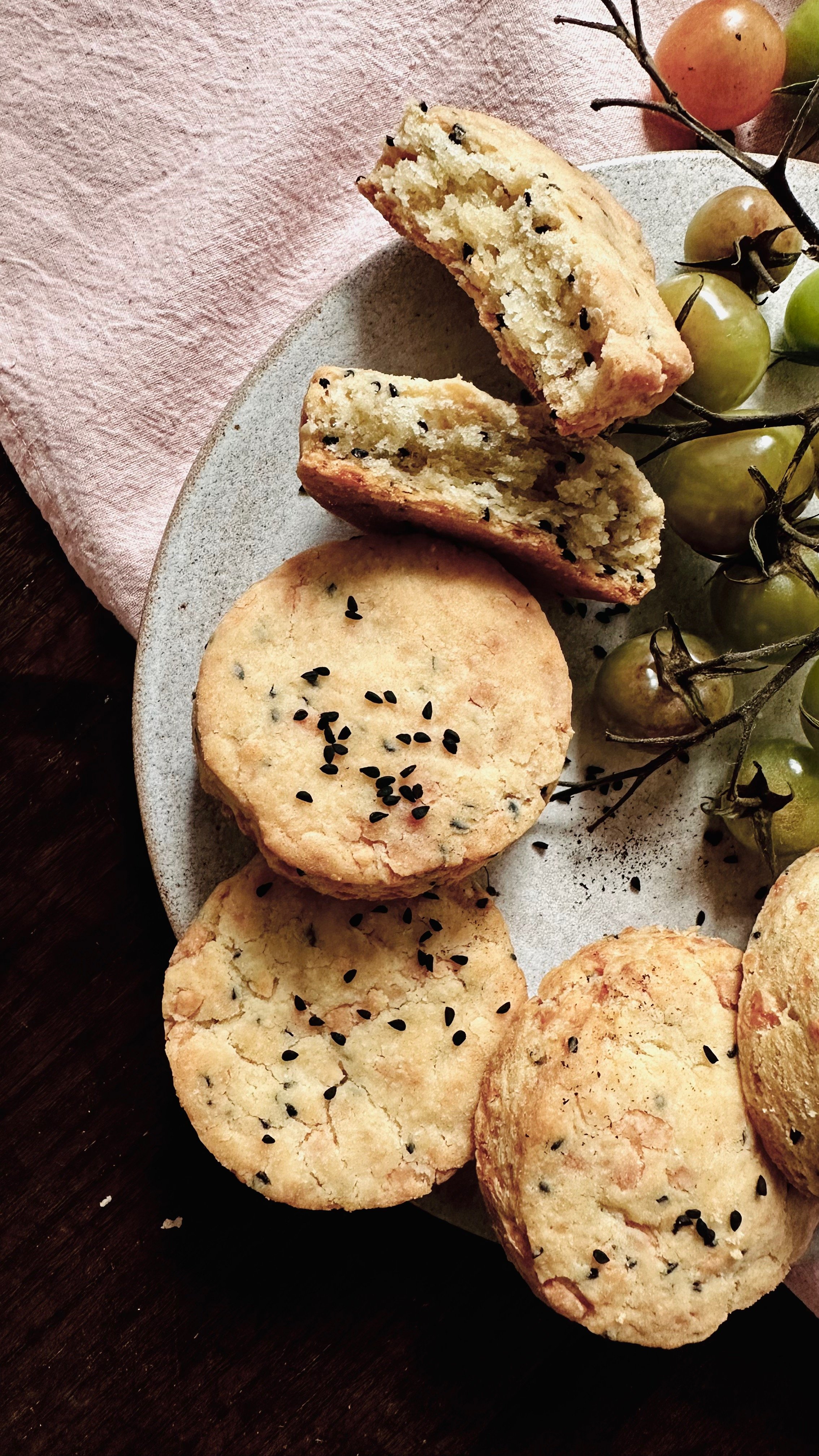





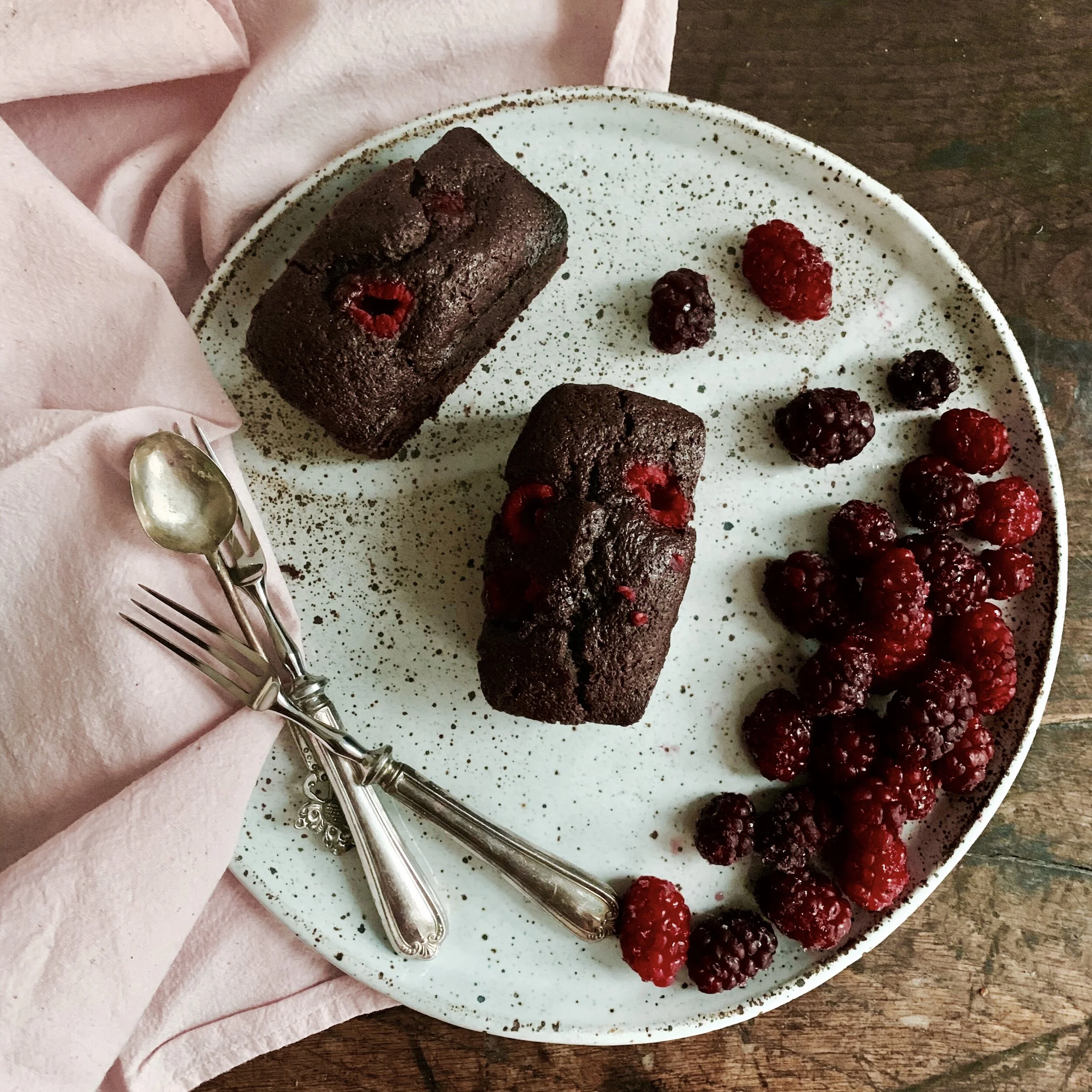
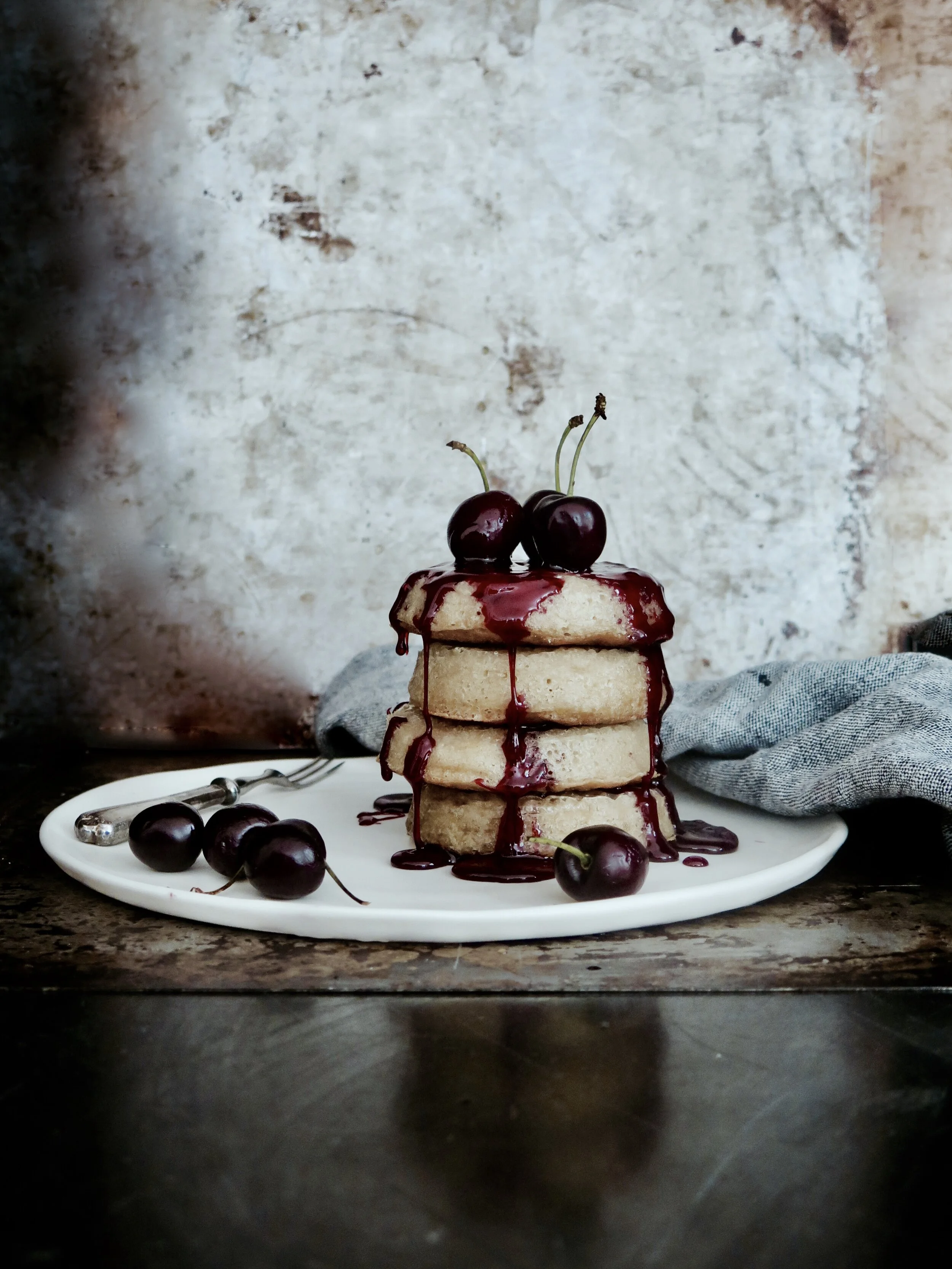
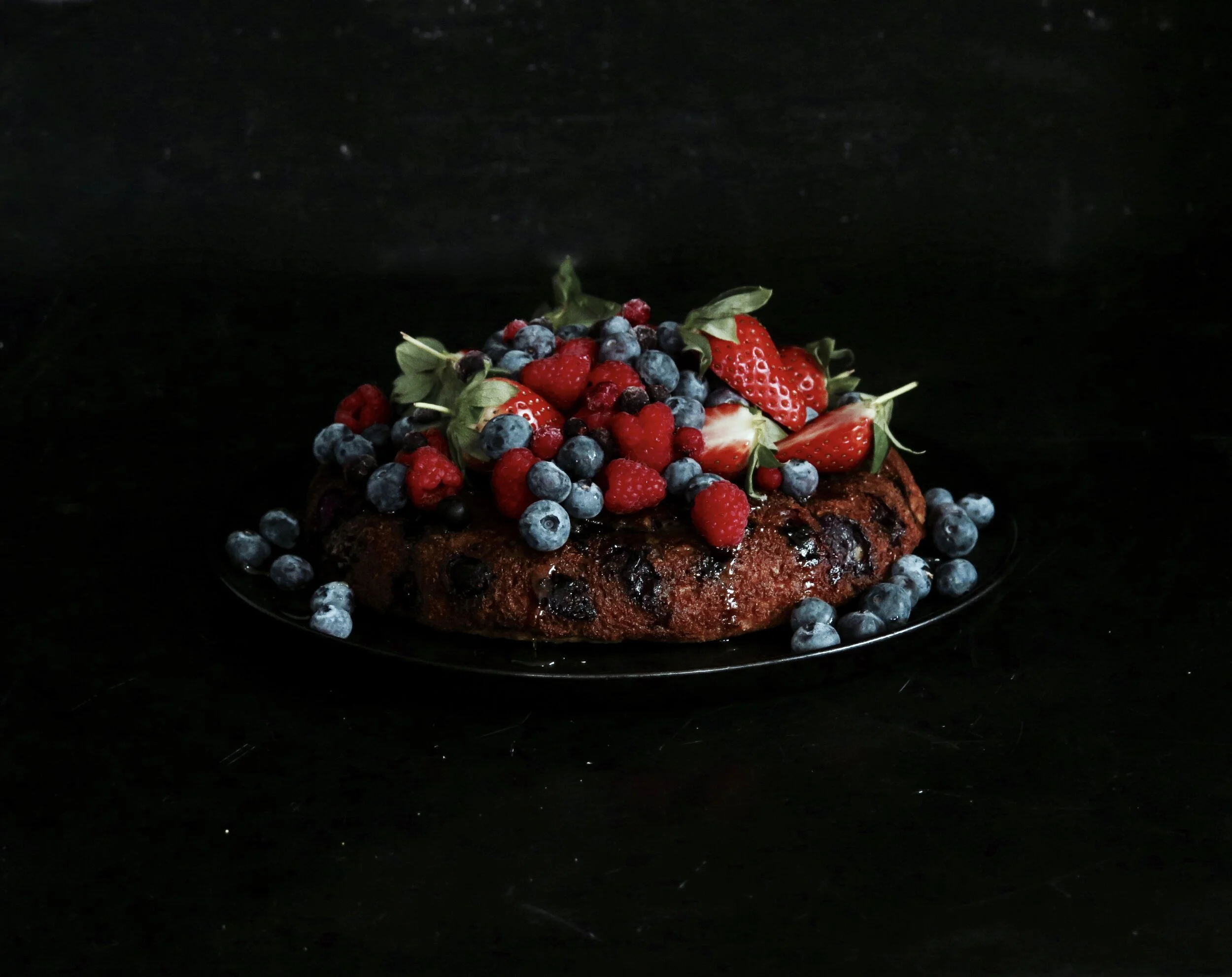
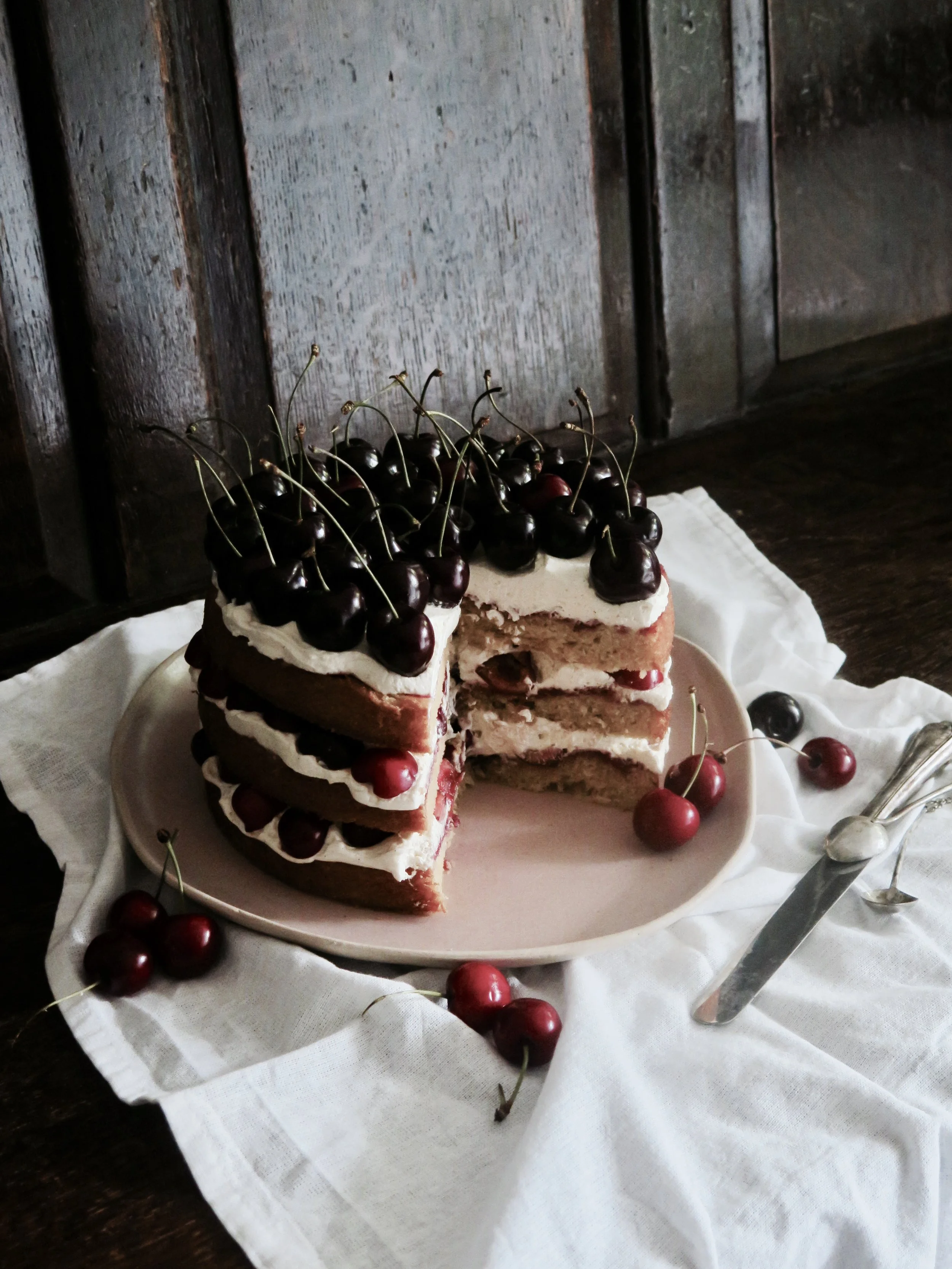
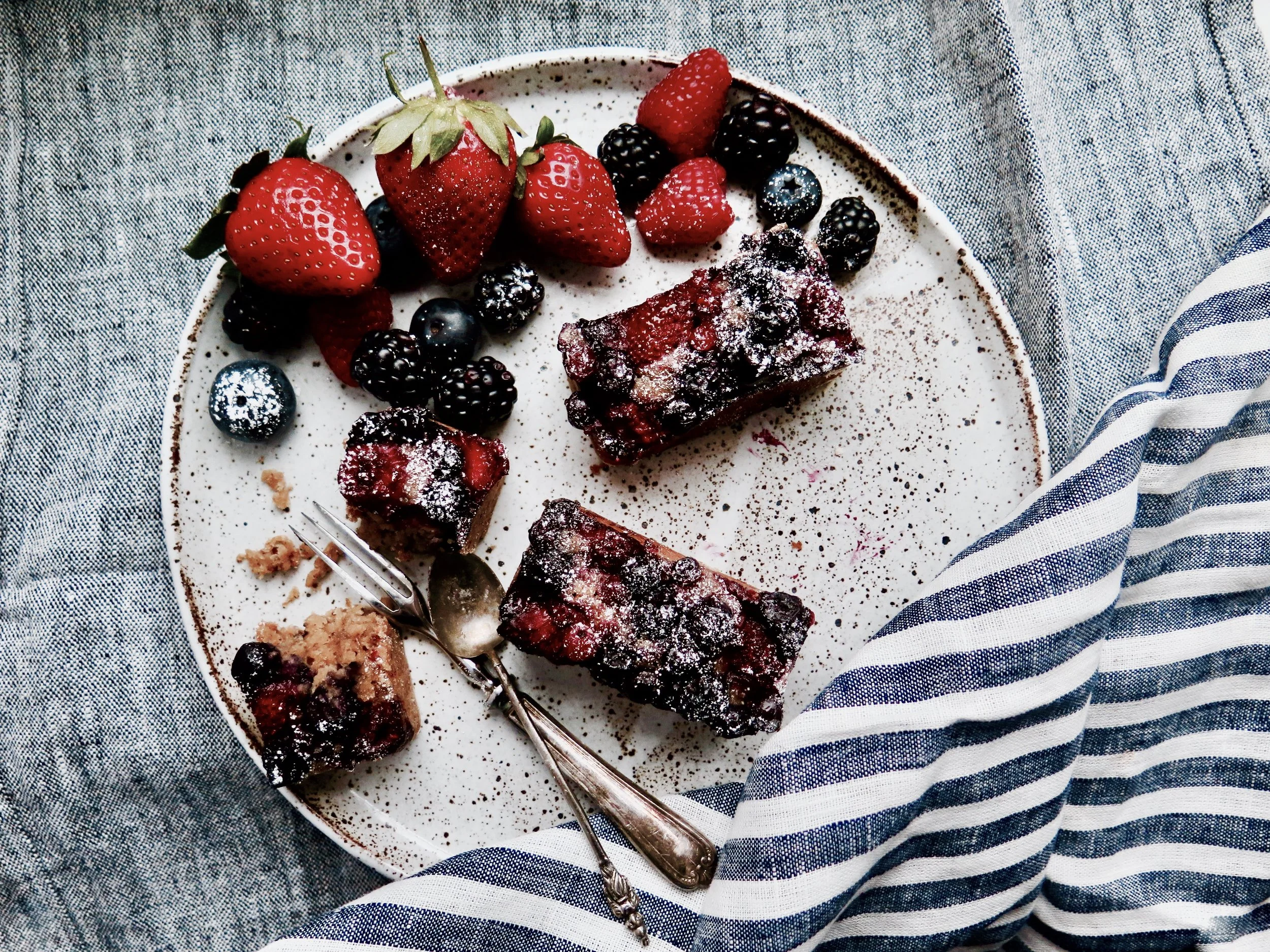



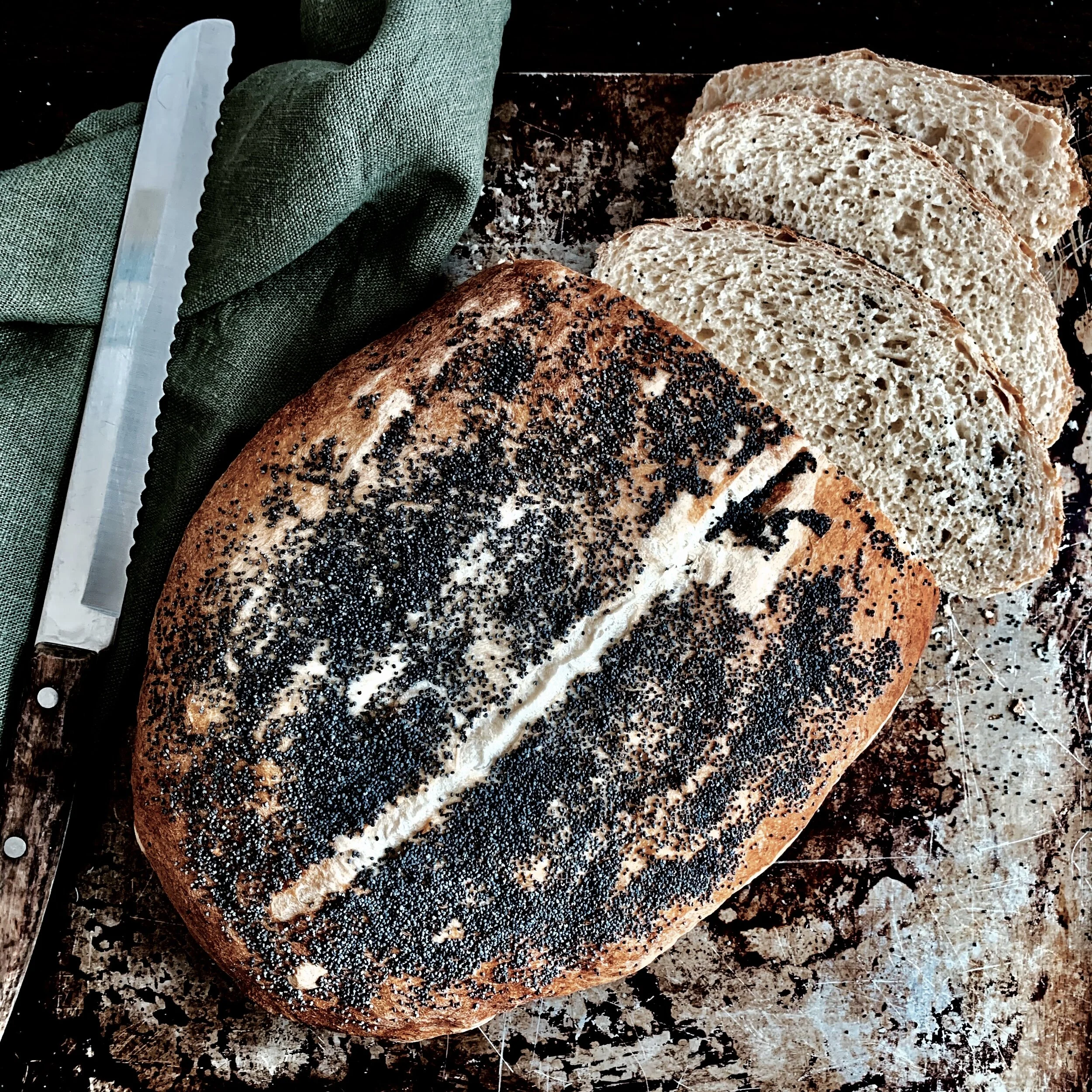

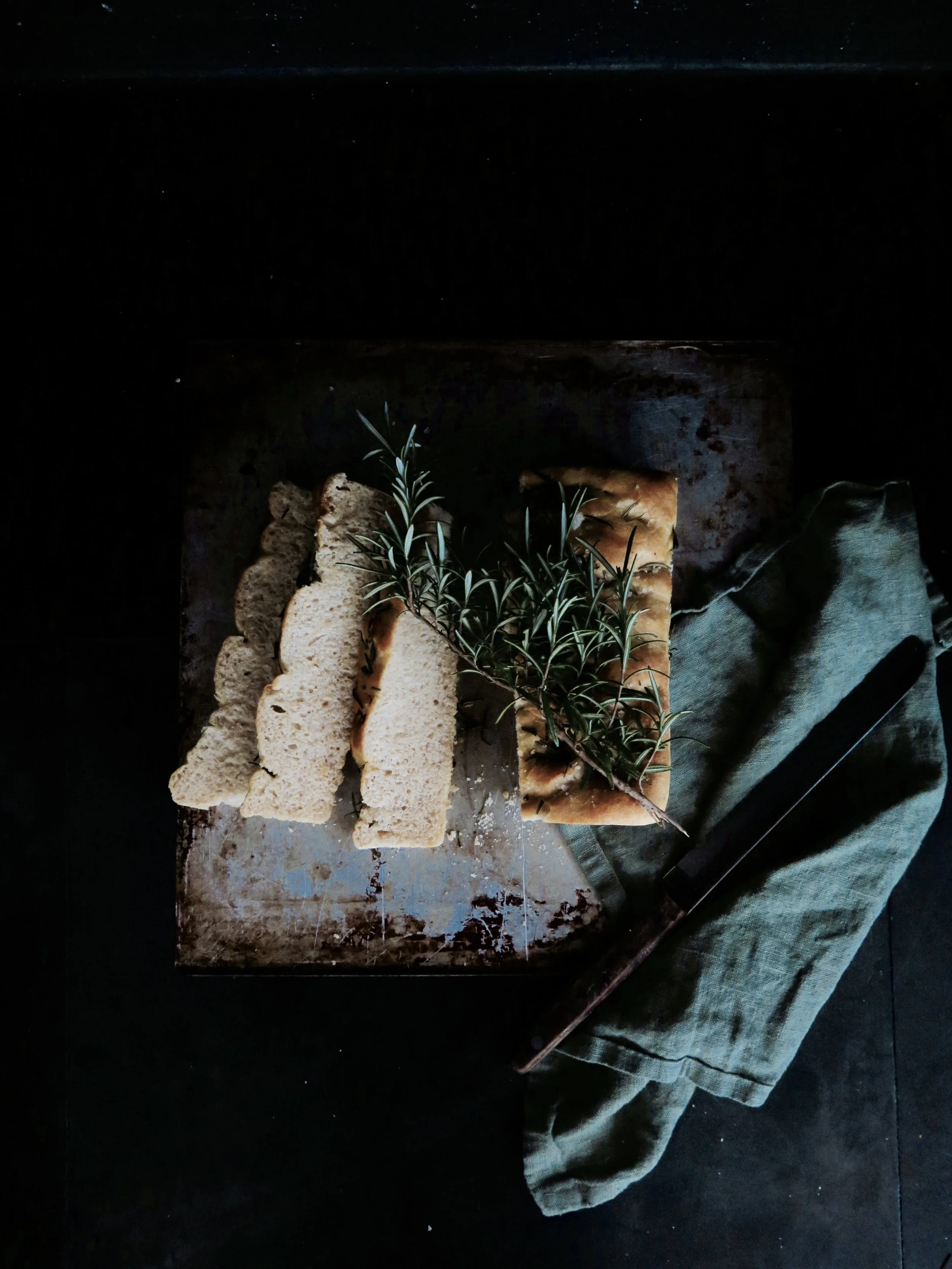








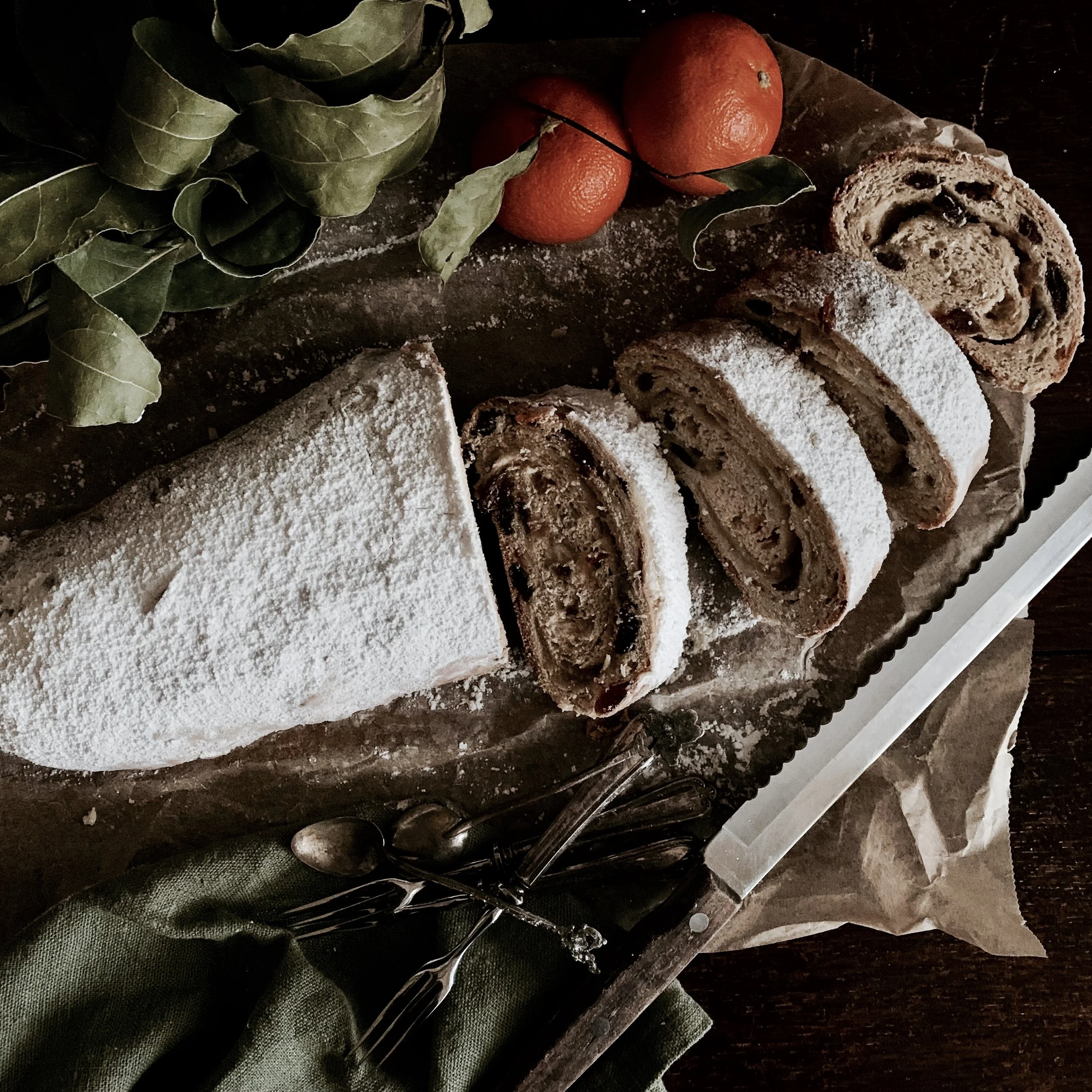



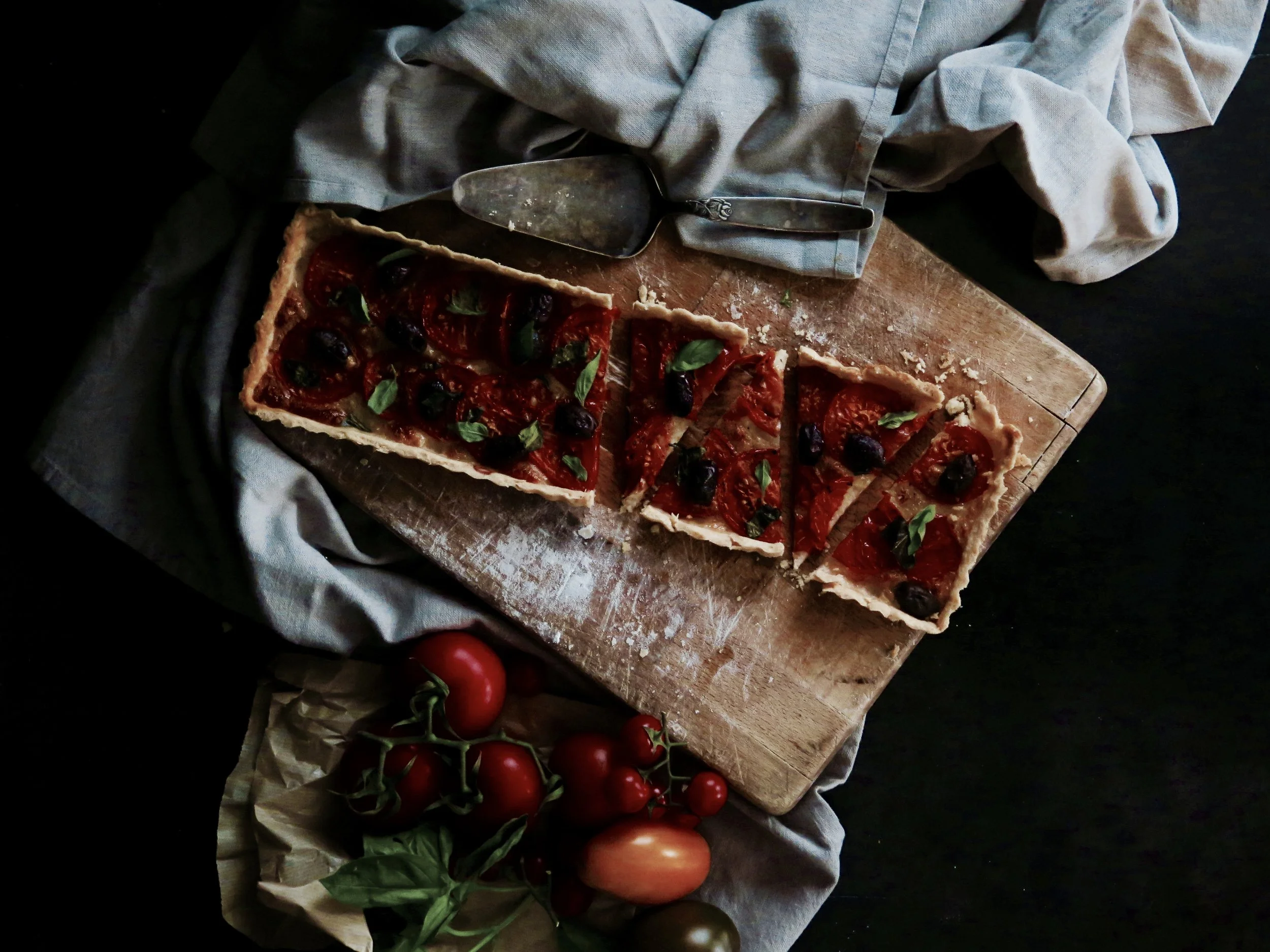
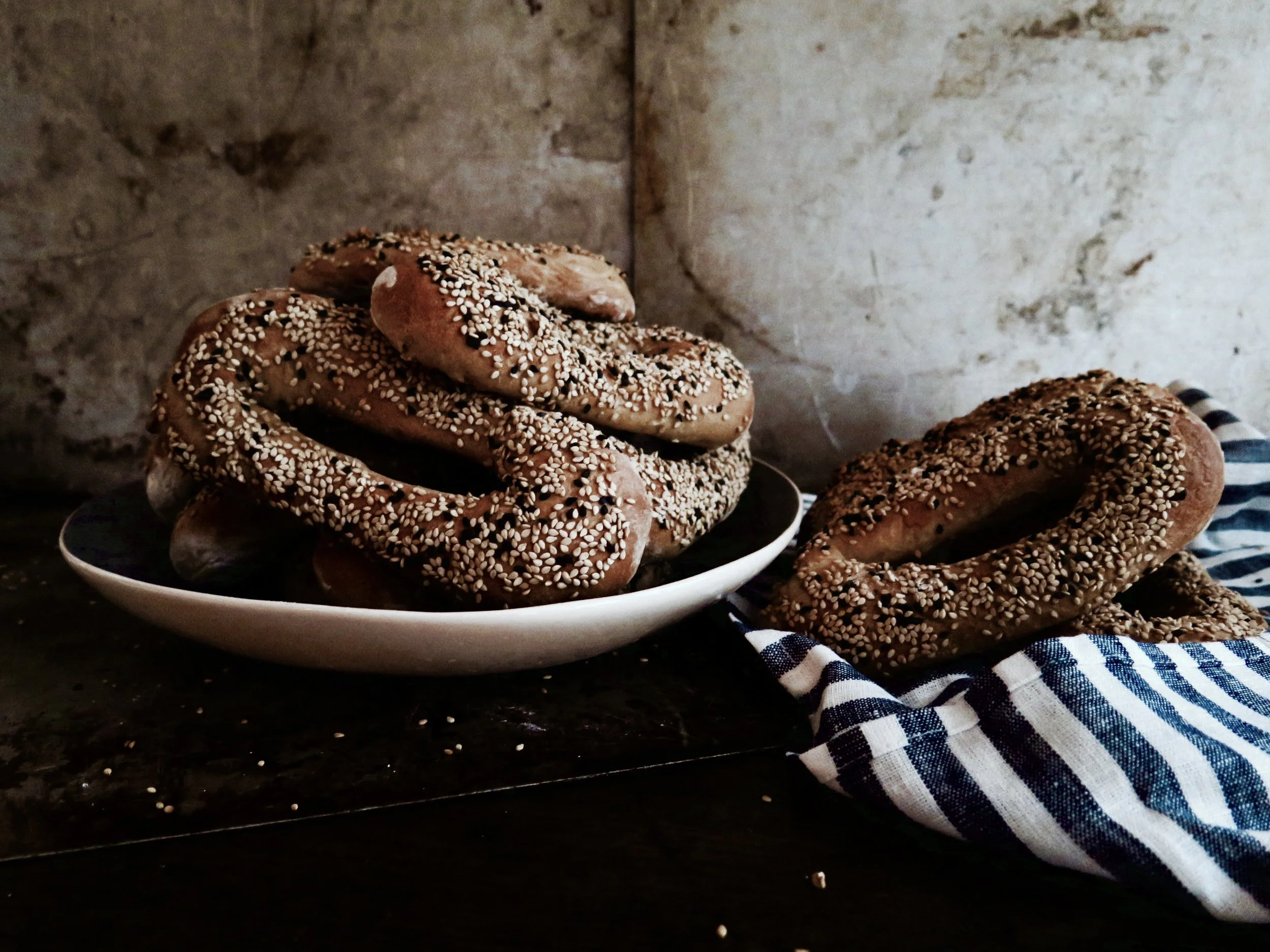

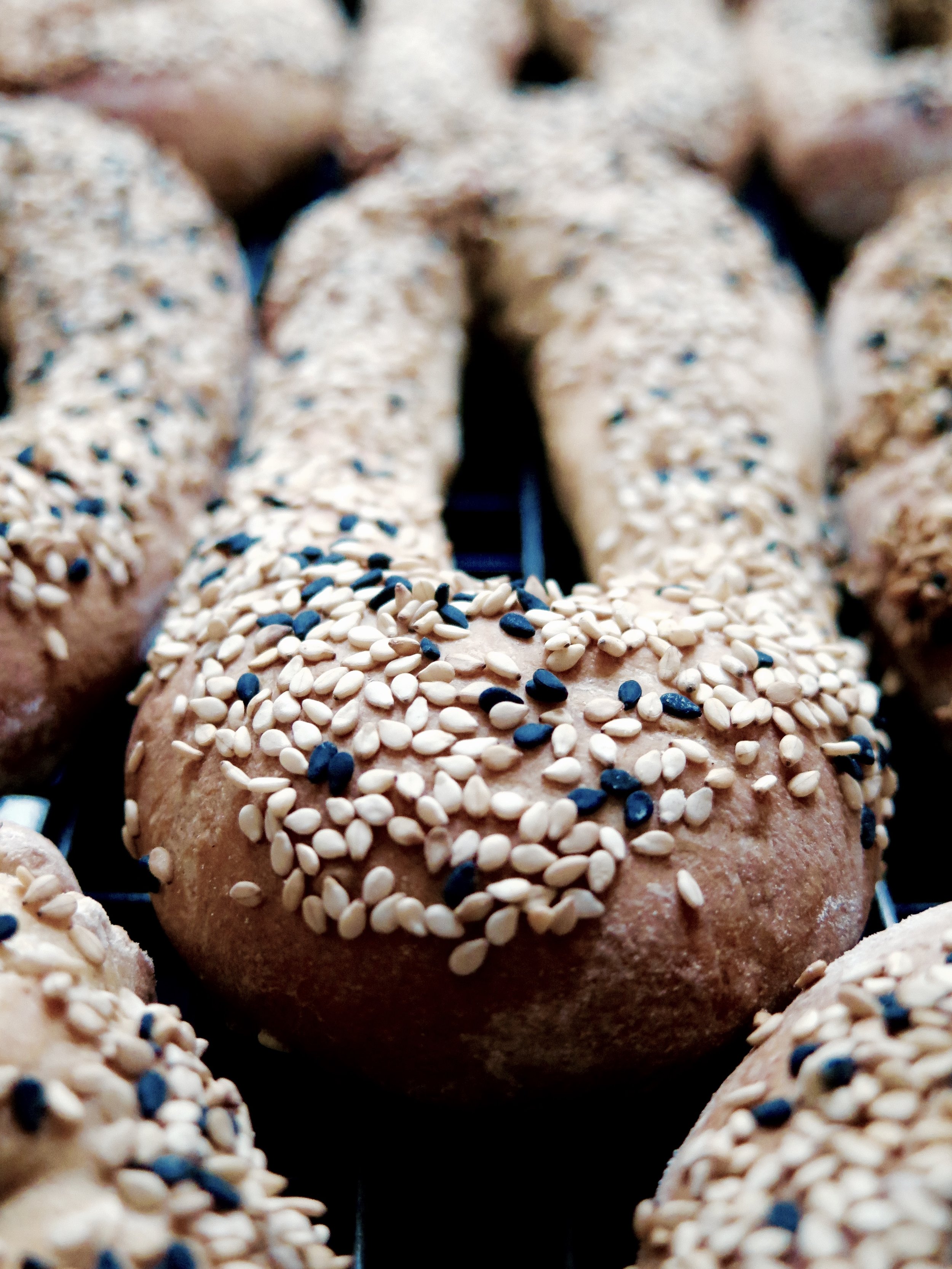


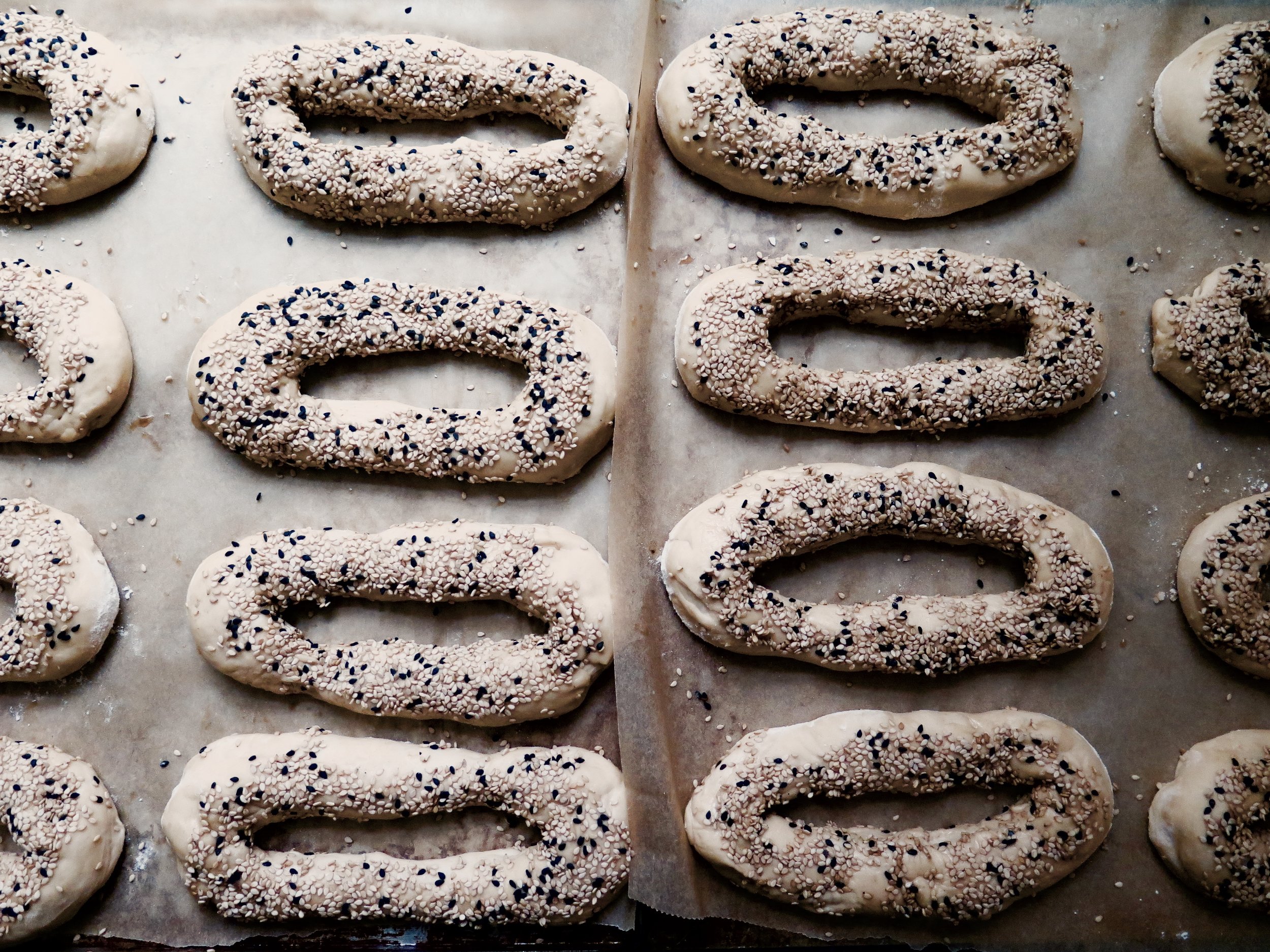







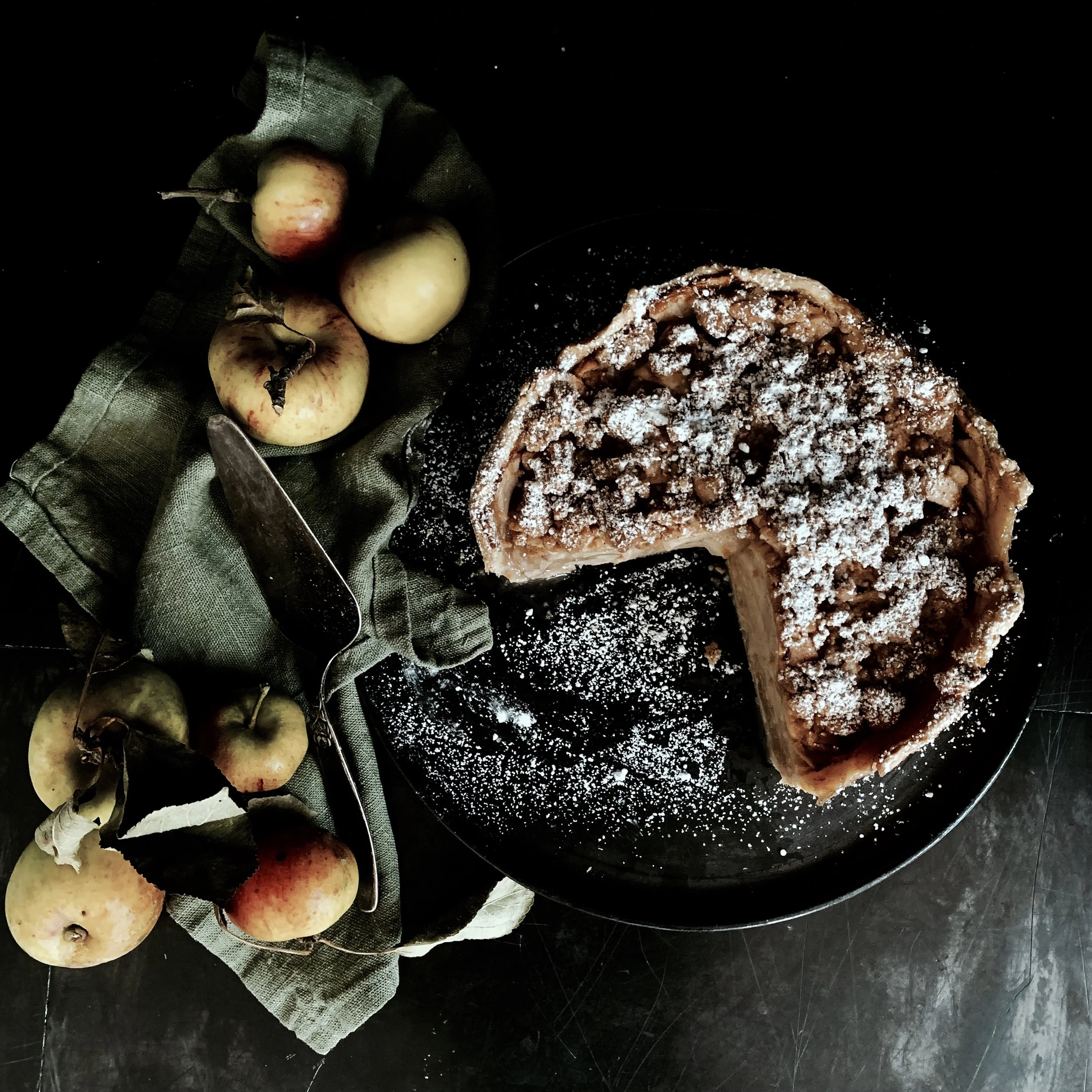

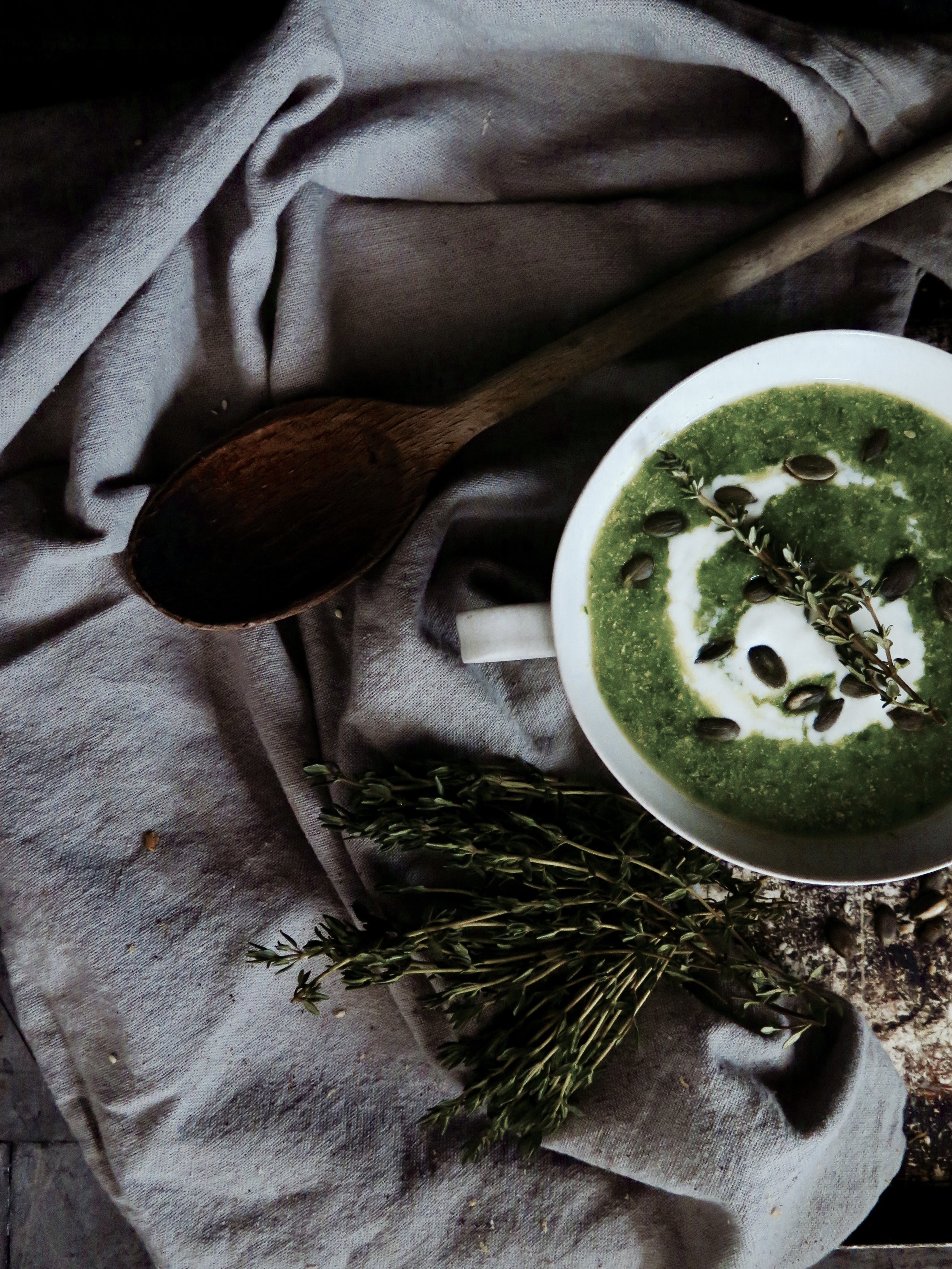


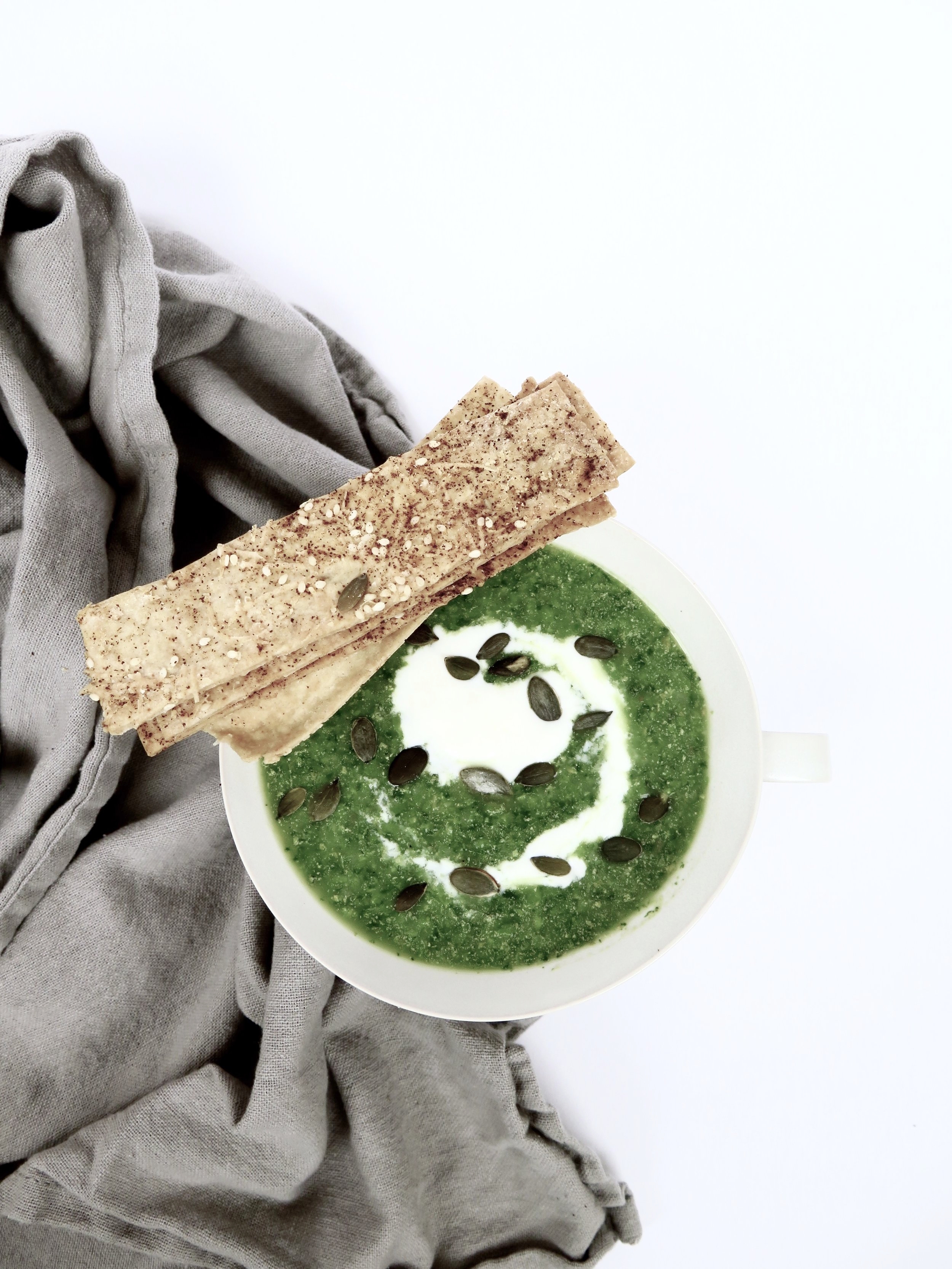

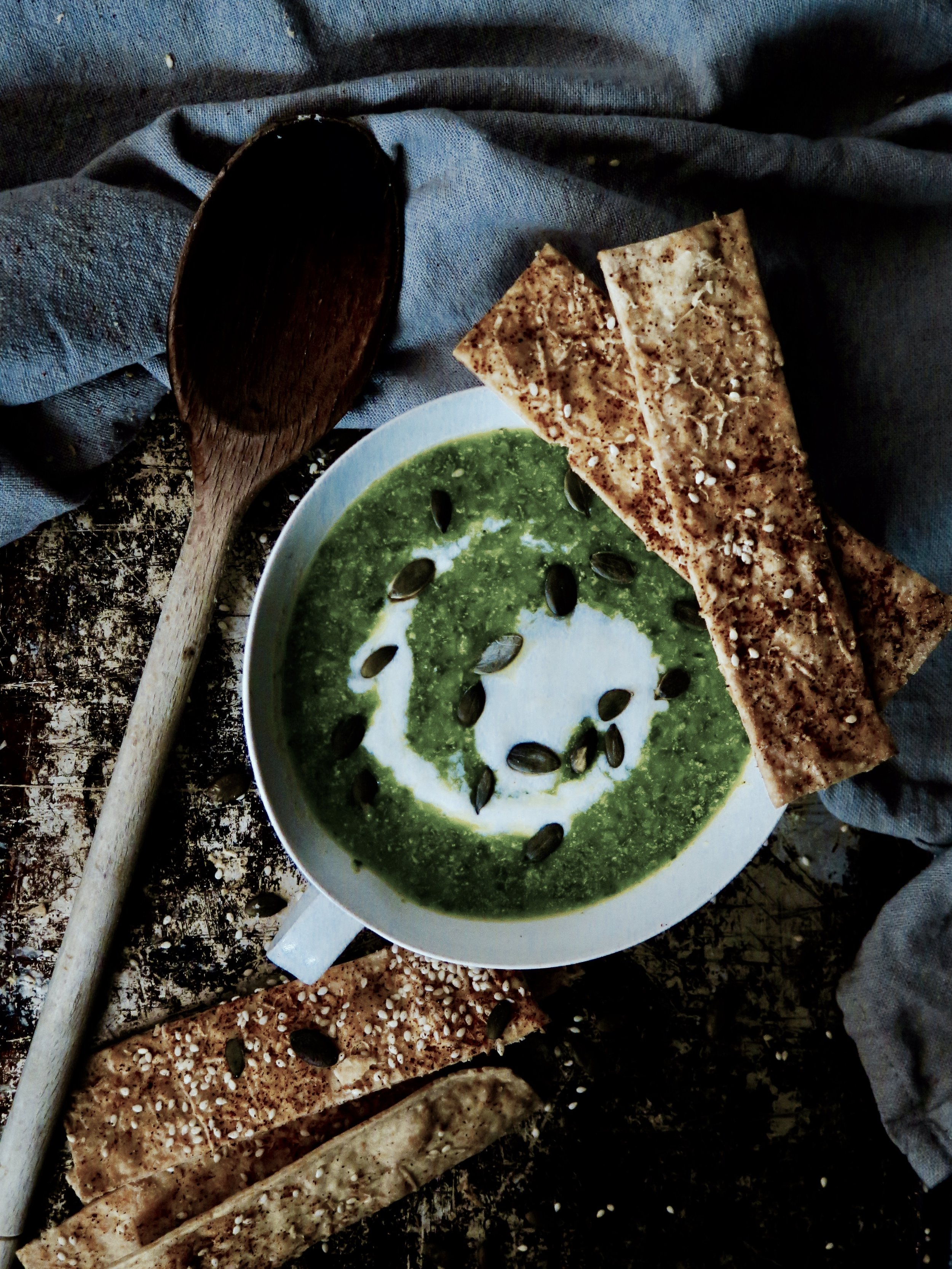


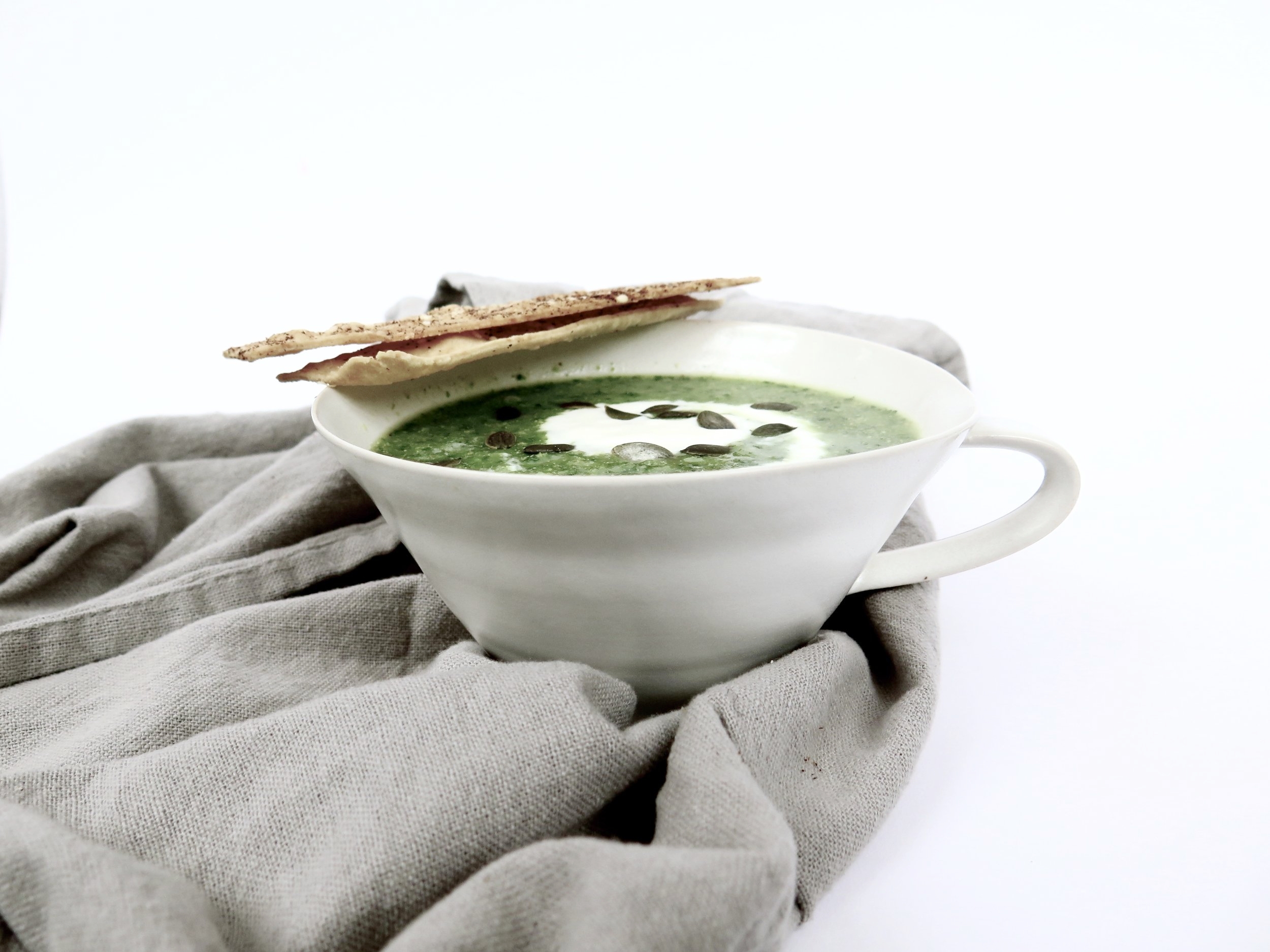
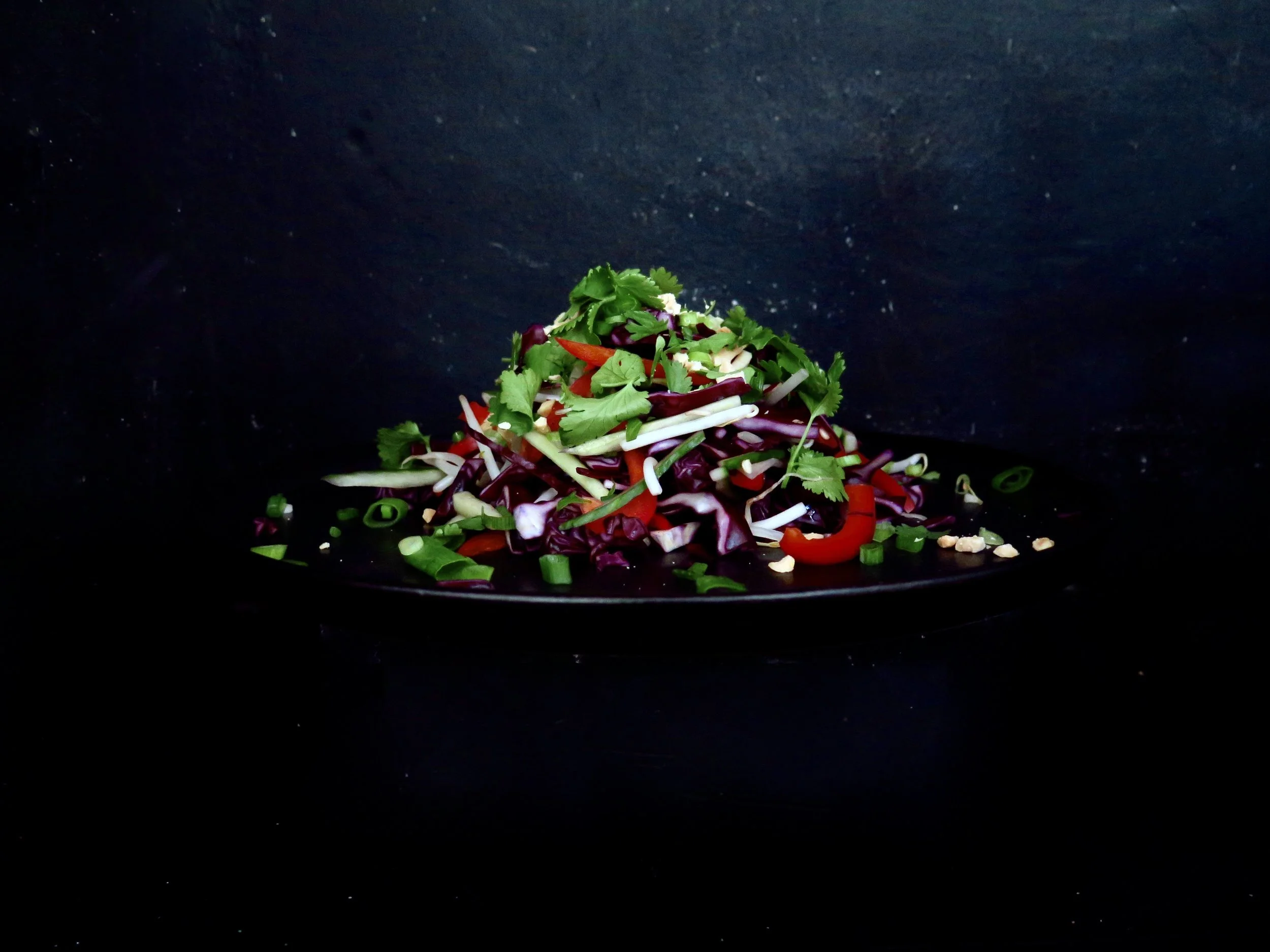





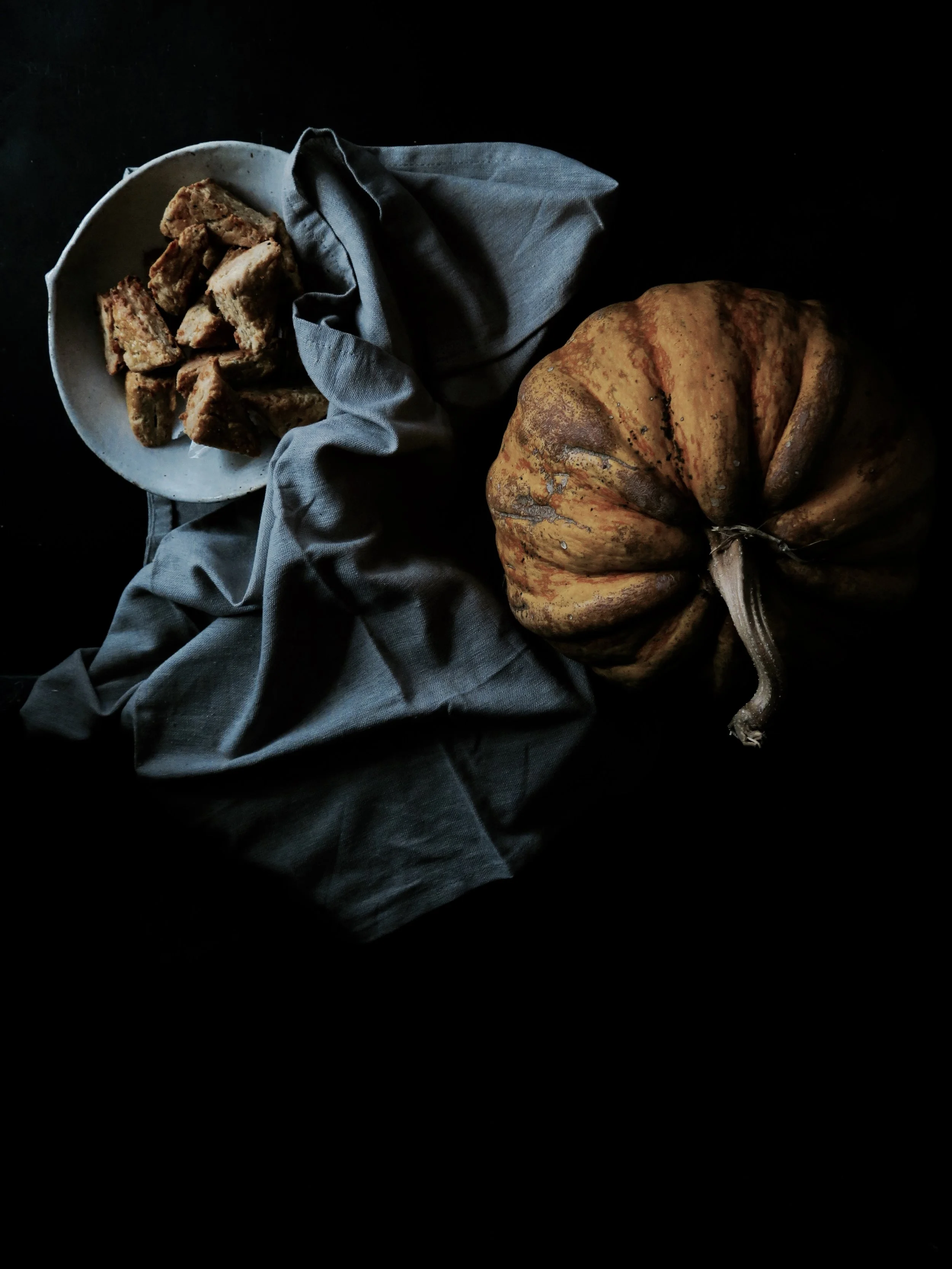

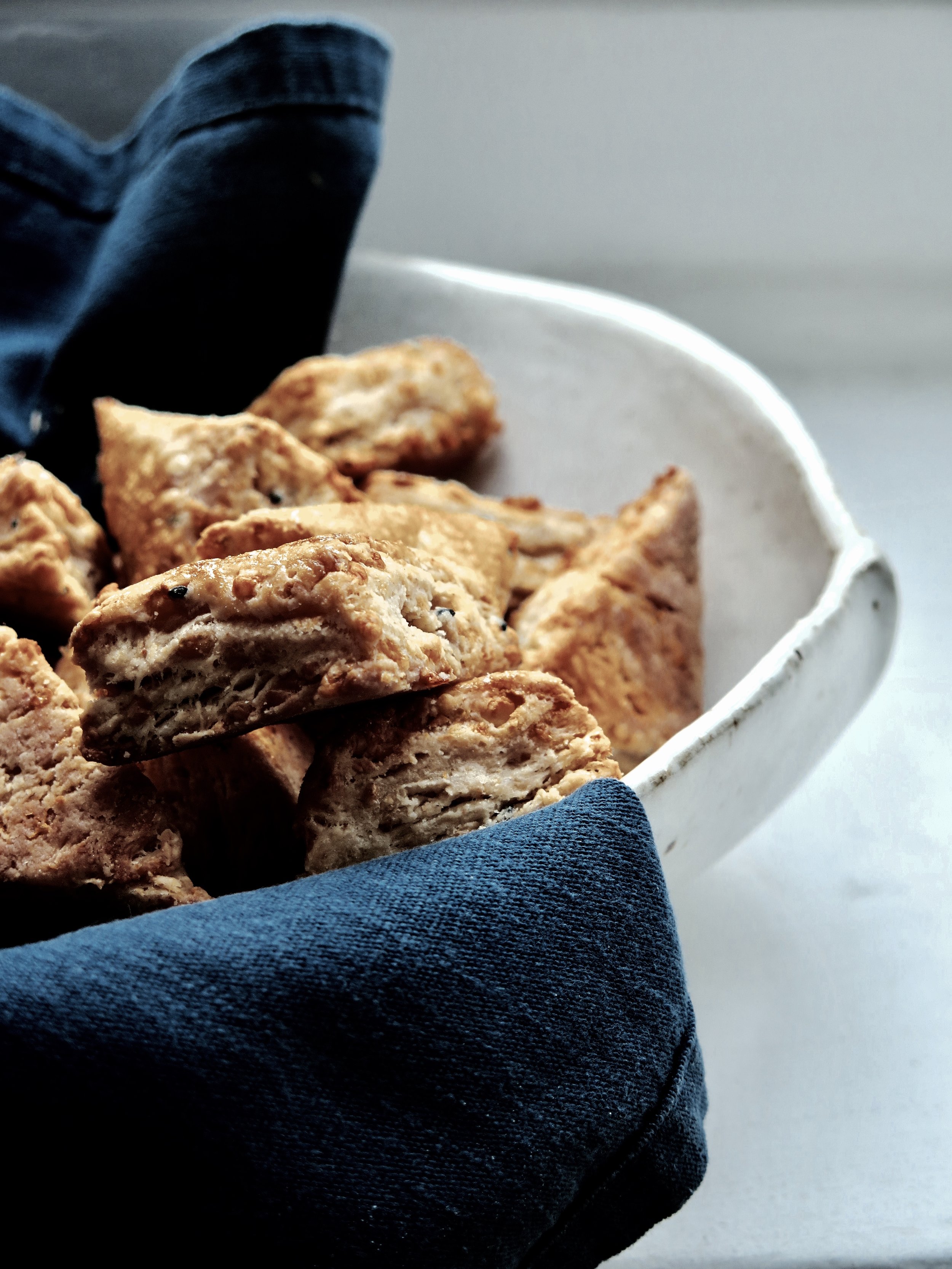
















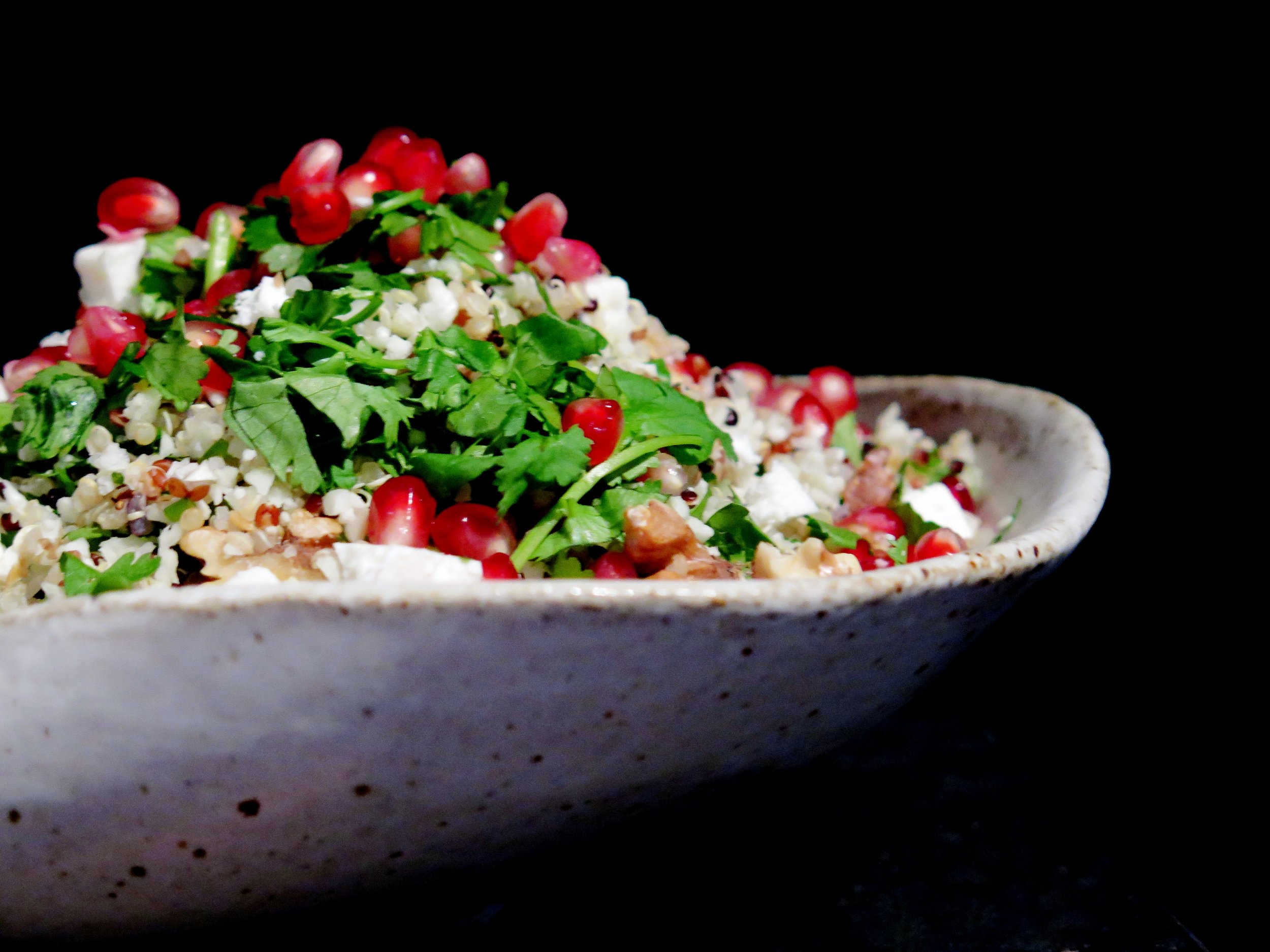


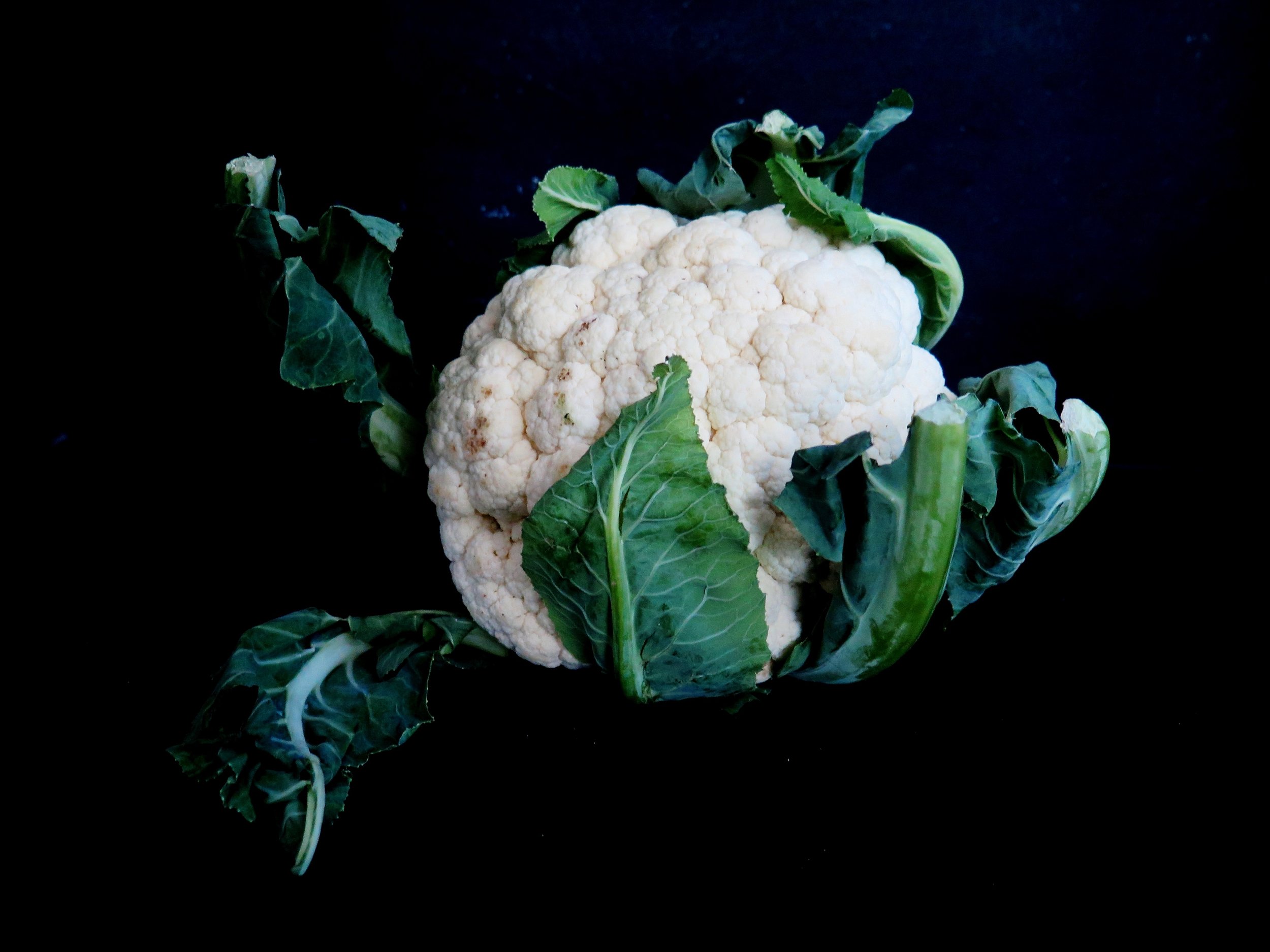

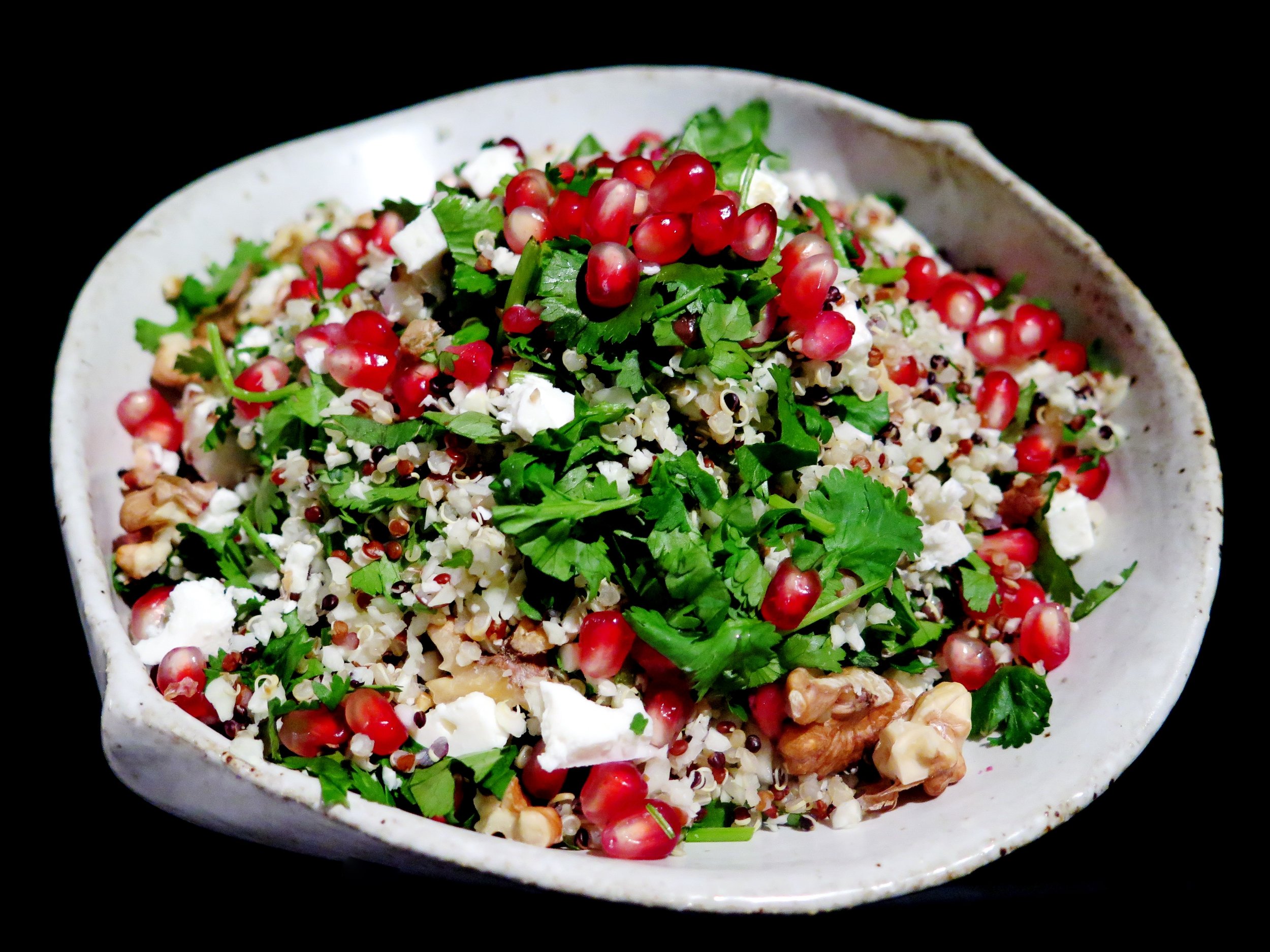

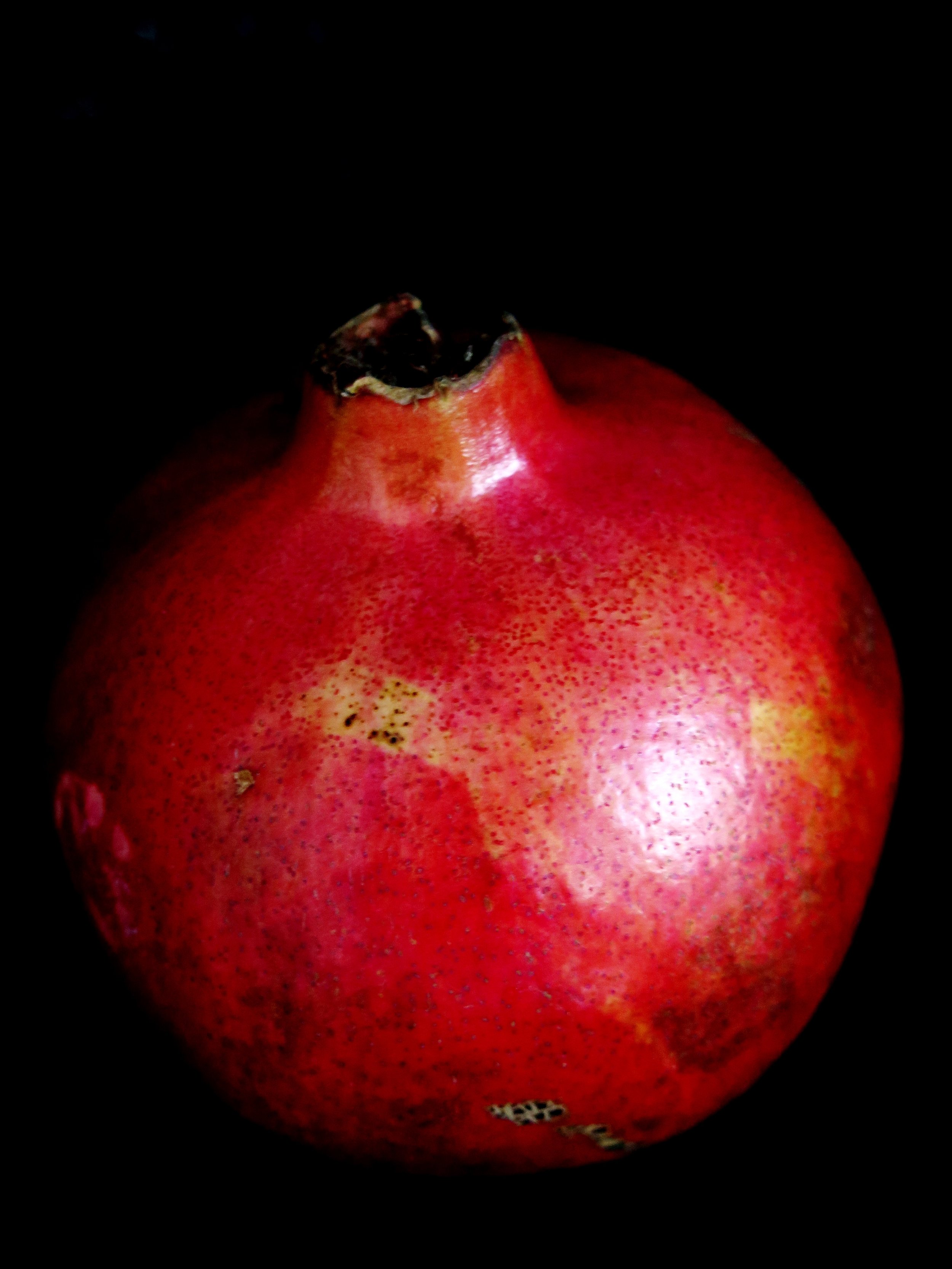


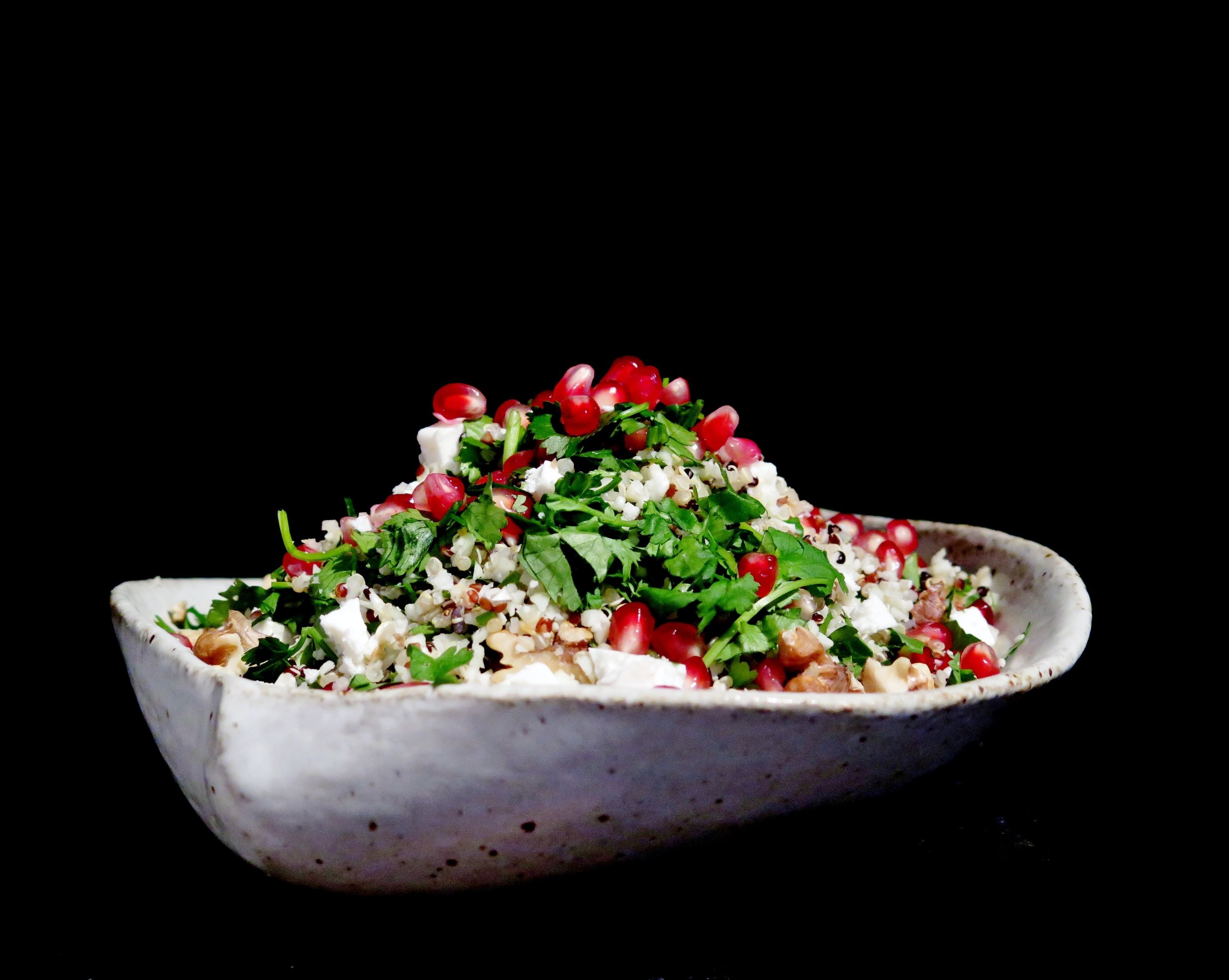















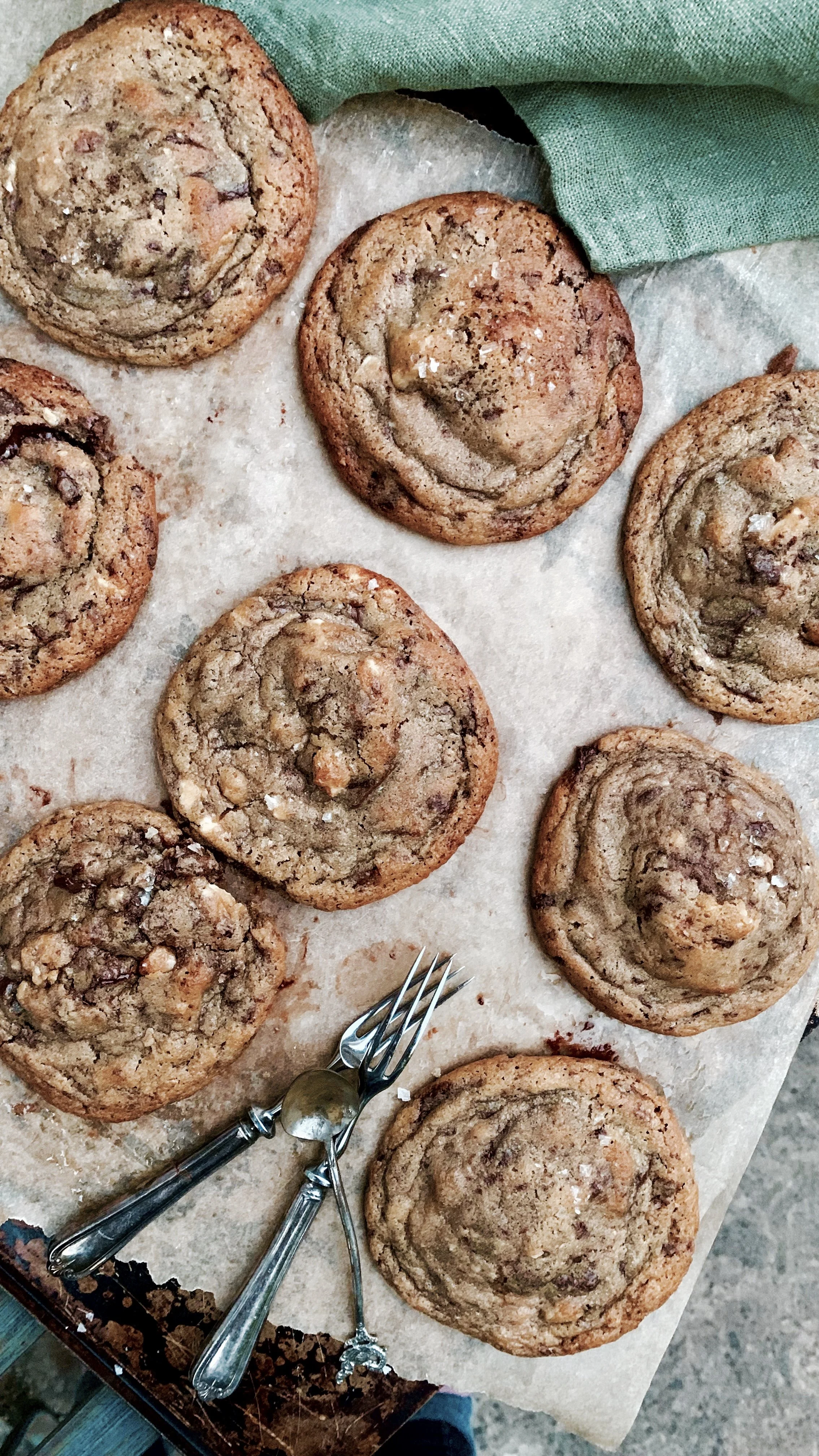









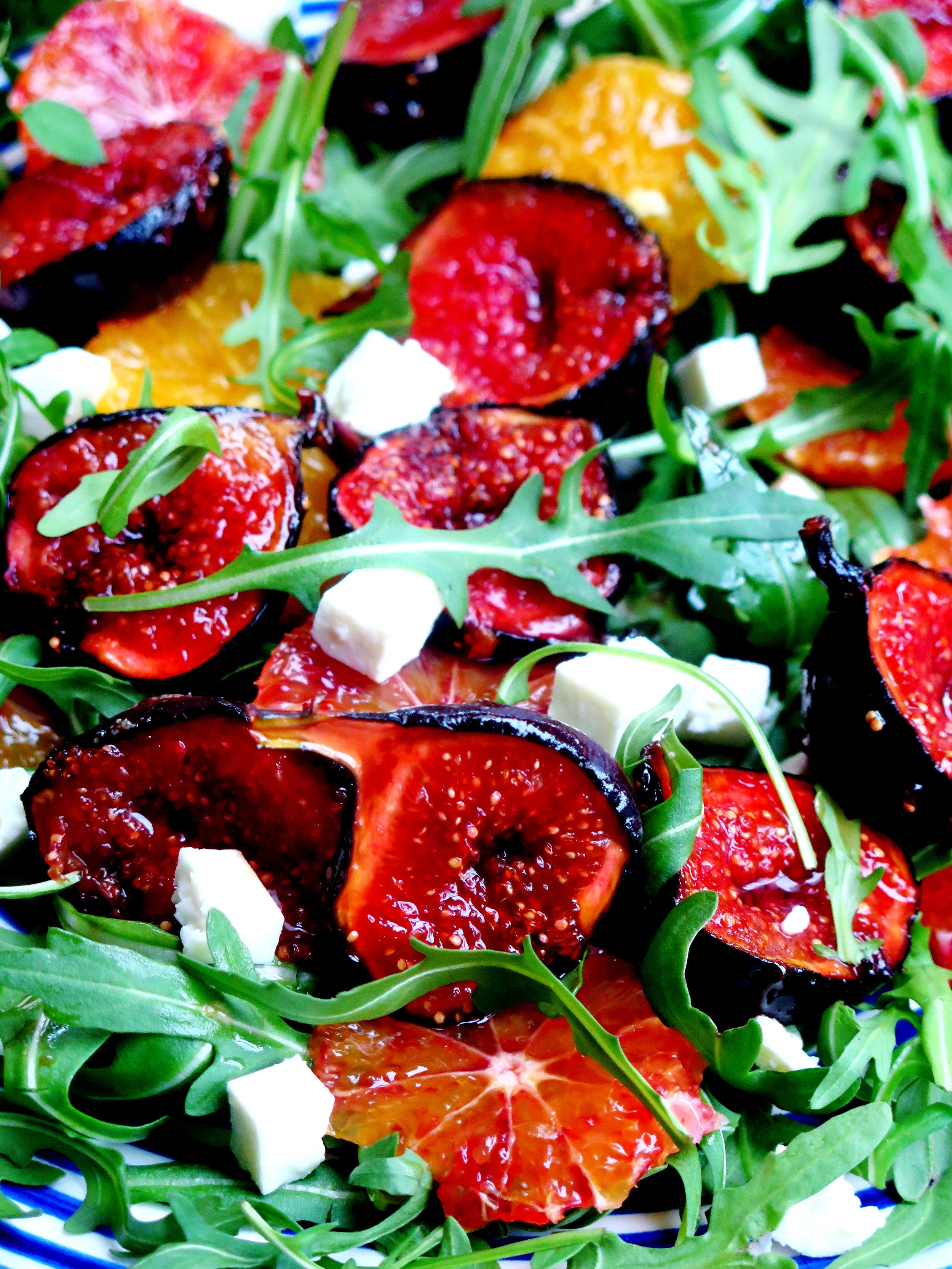 I often spend summers in Italy. In the evenings, when the vine- ripening summer sun begins to soften and the incessant squeak and rattle of the plough eventually dies, I usually clamber up the nearby hill, meandering across the crest. On one of my walks, I headed towards the nearby palazzo, along the path bordered by Cyprus spears.
I often spend summers in Italy. In the evenings, when the vine- ripening summer sun begins to soften and the incessant squeak and rattle of the plough eventually dies, I usually clamber up the nearby hill, meandering across the crest. On one of my walks, I headed towards the nearby palazzo, along the path bordered by Cyprus spears.

